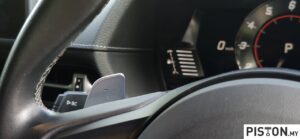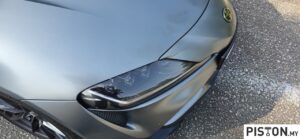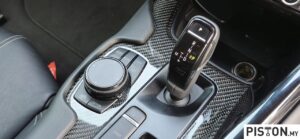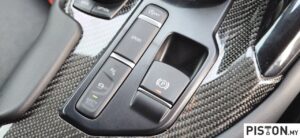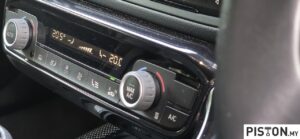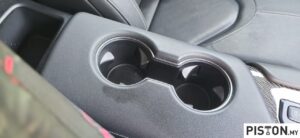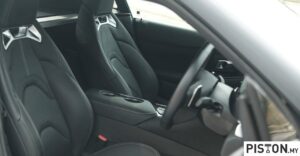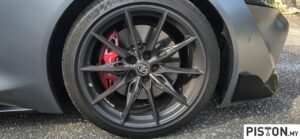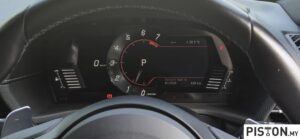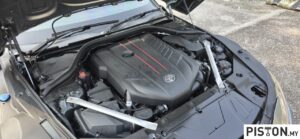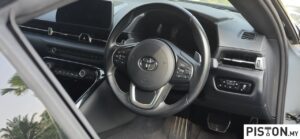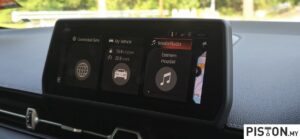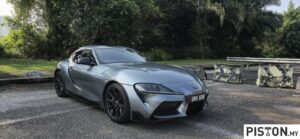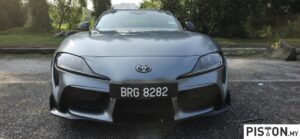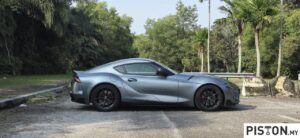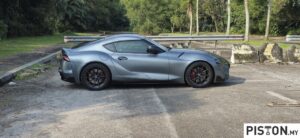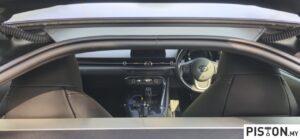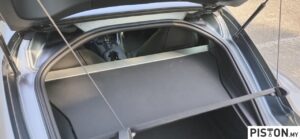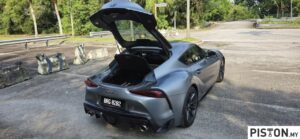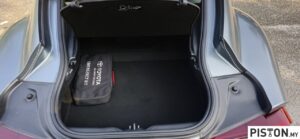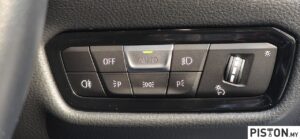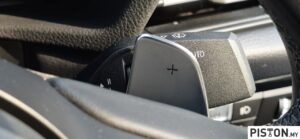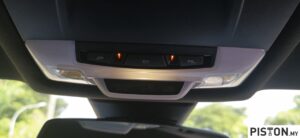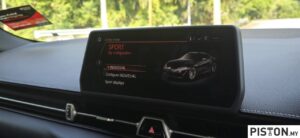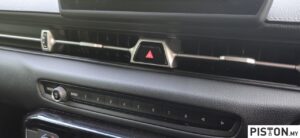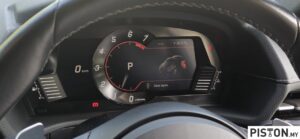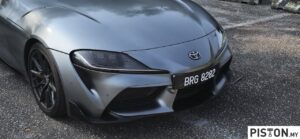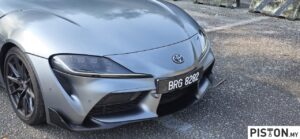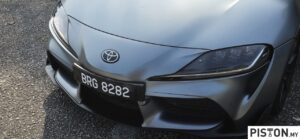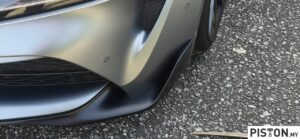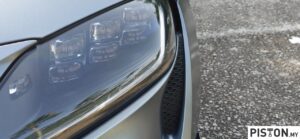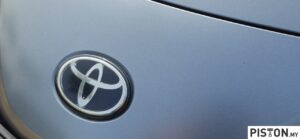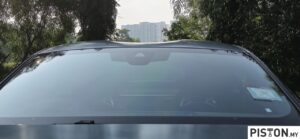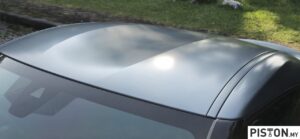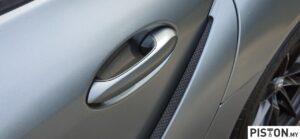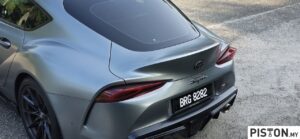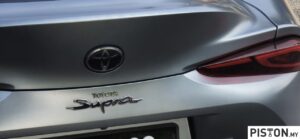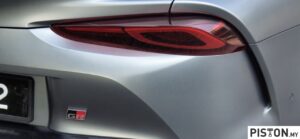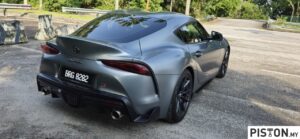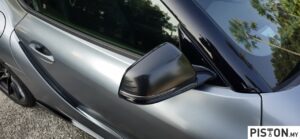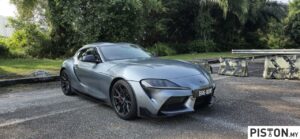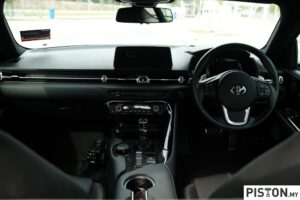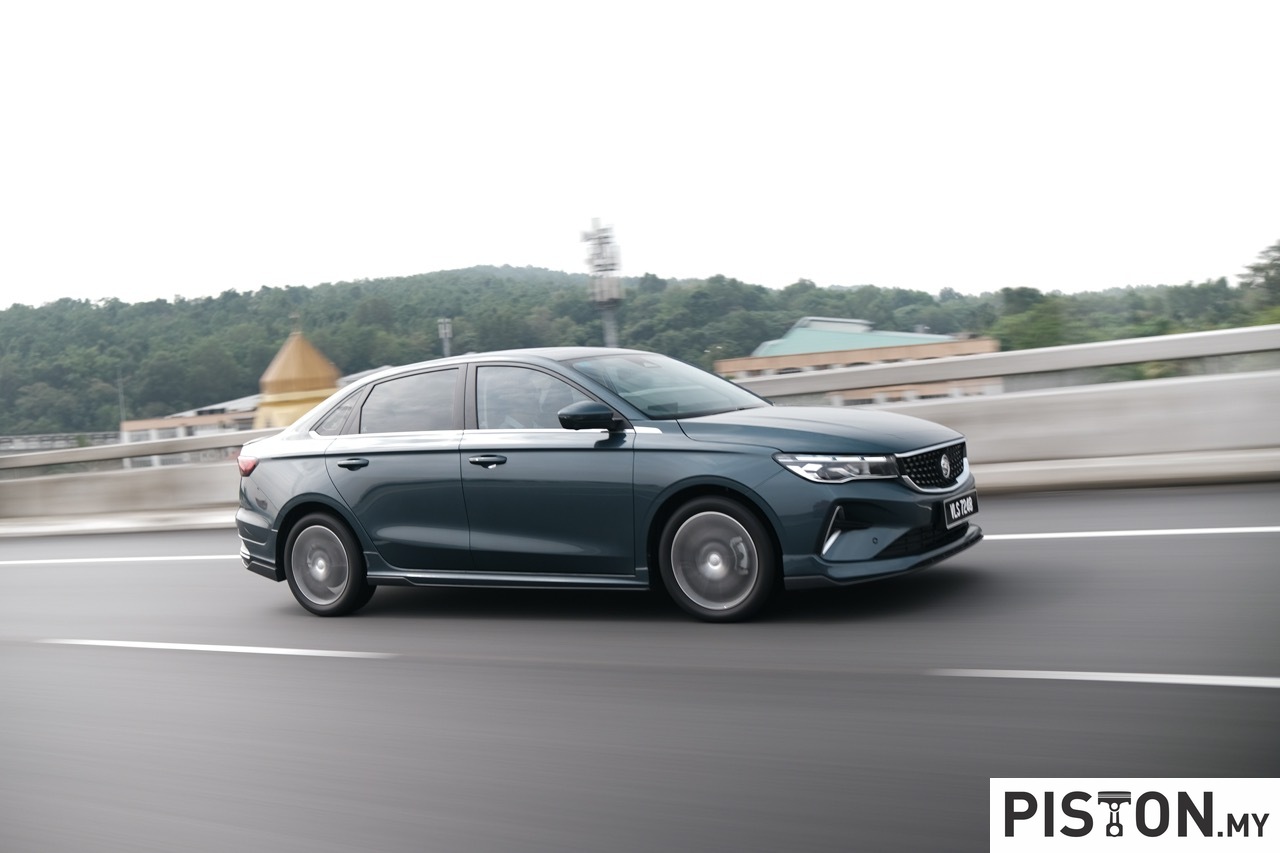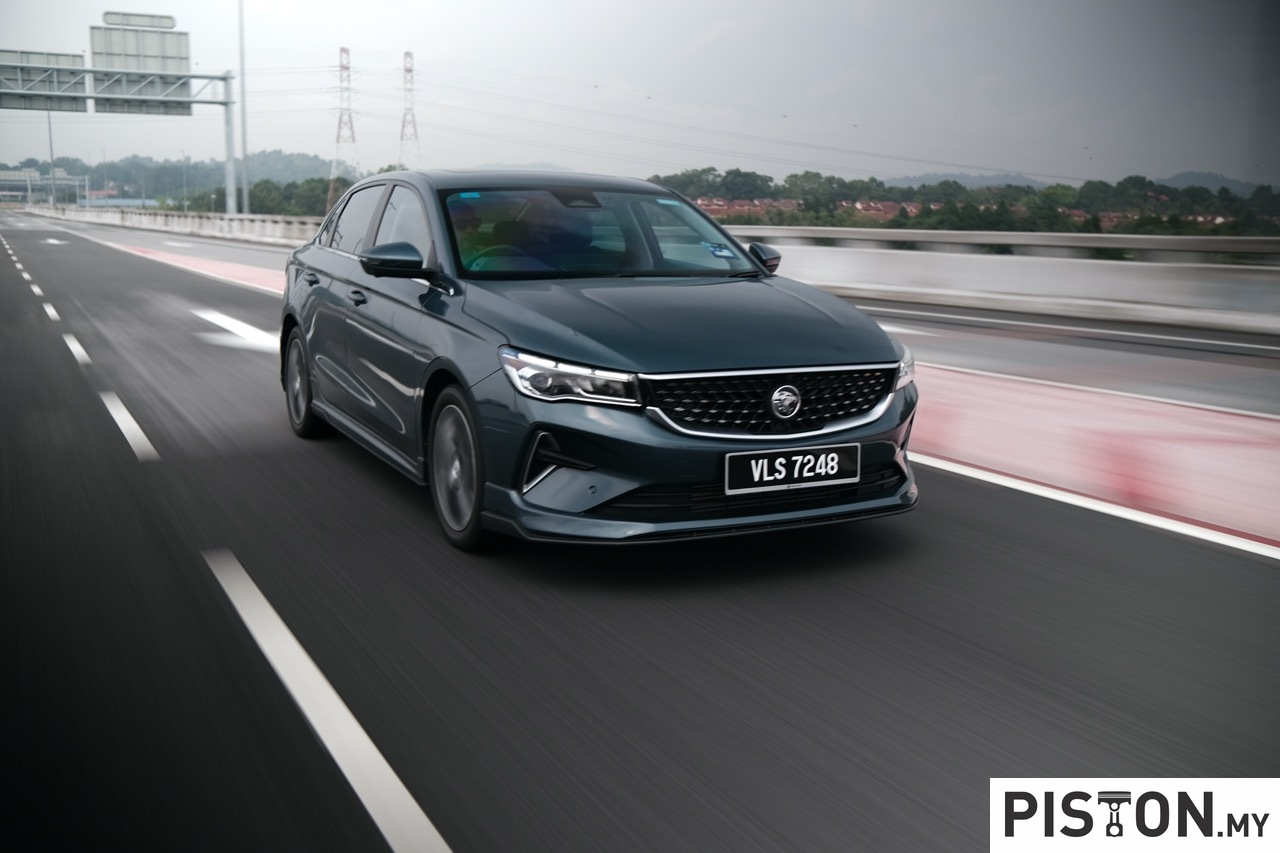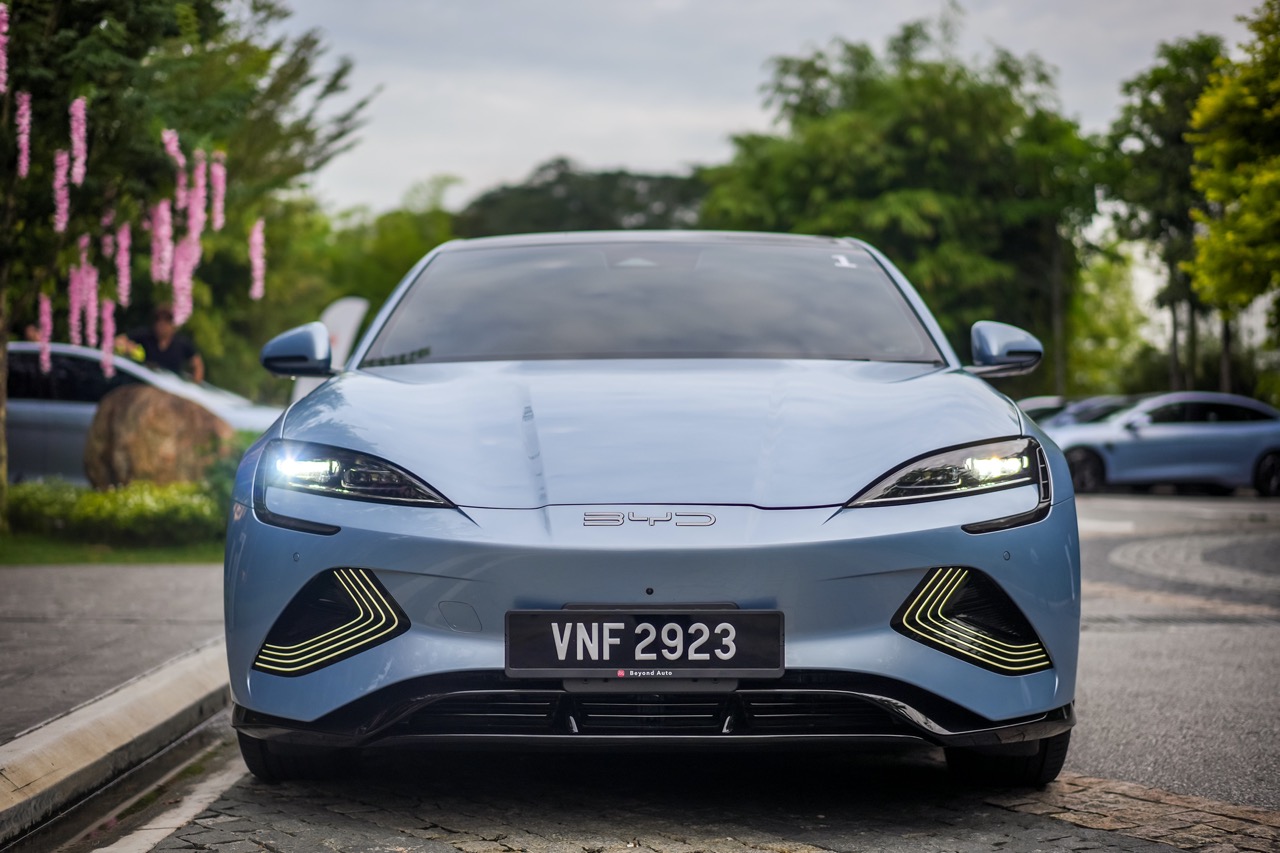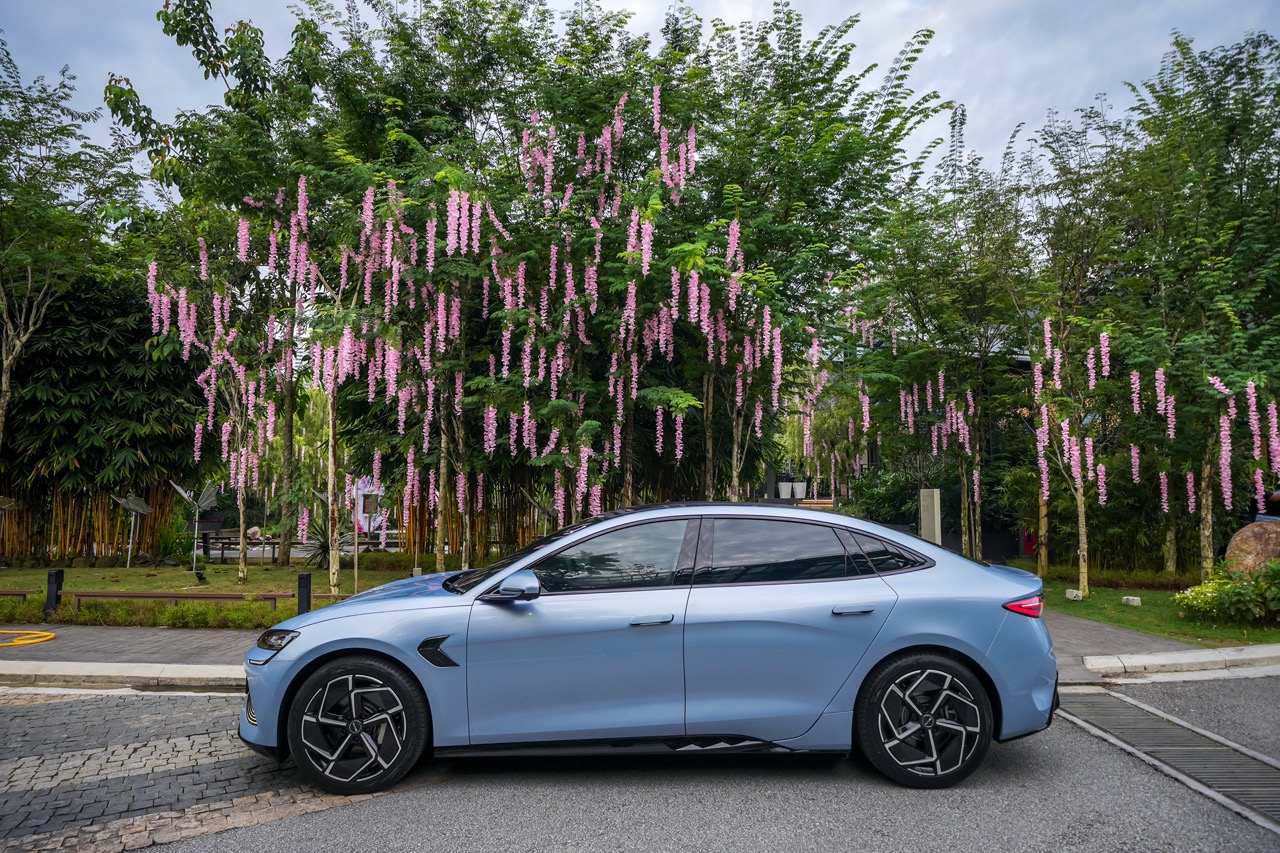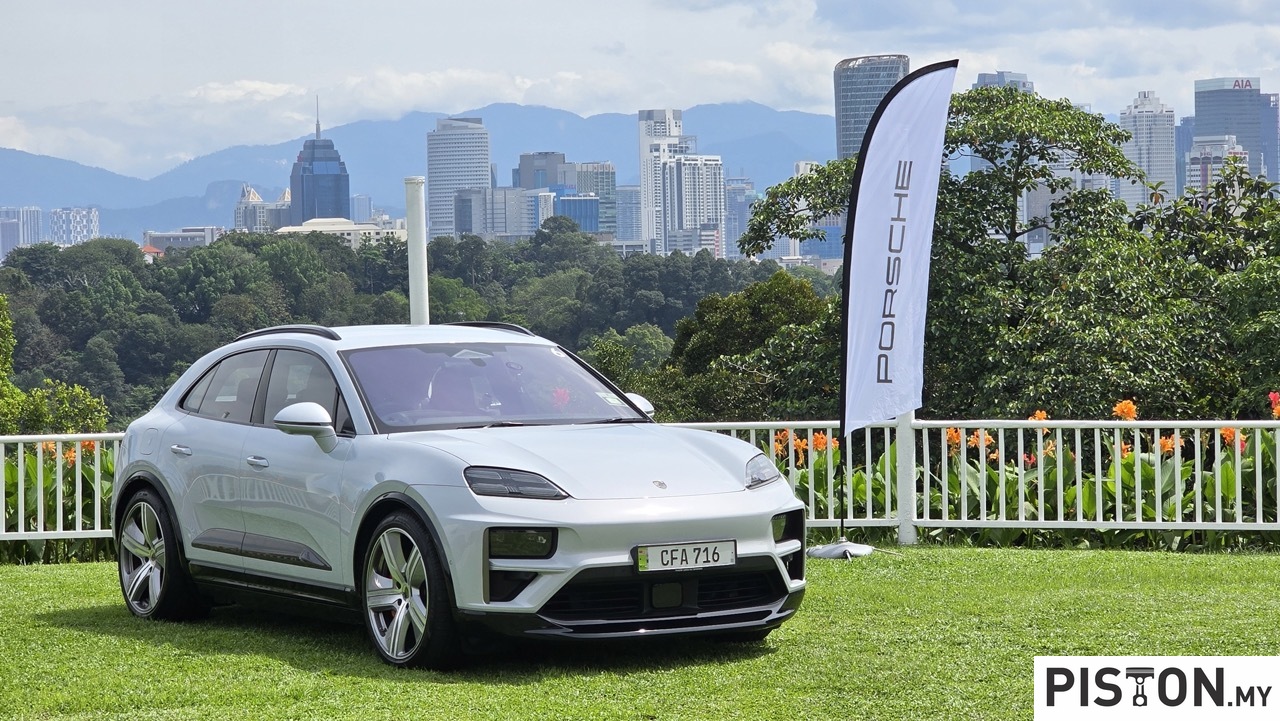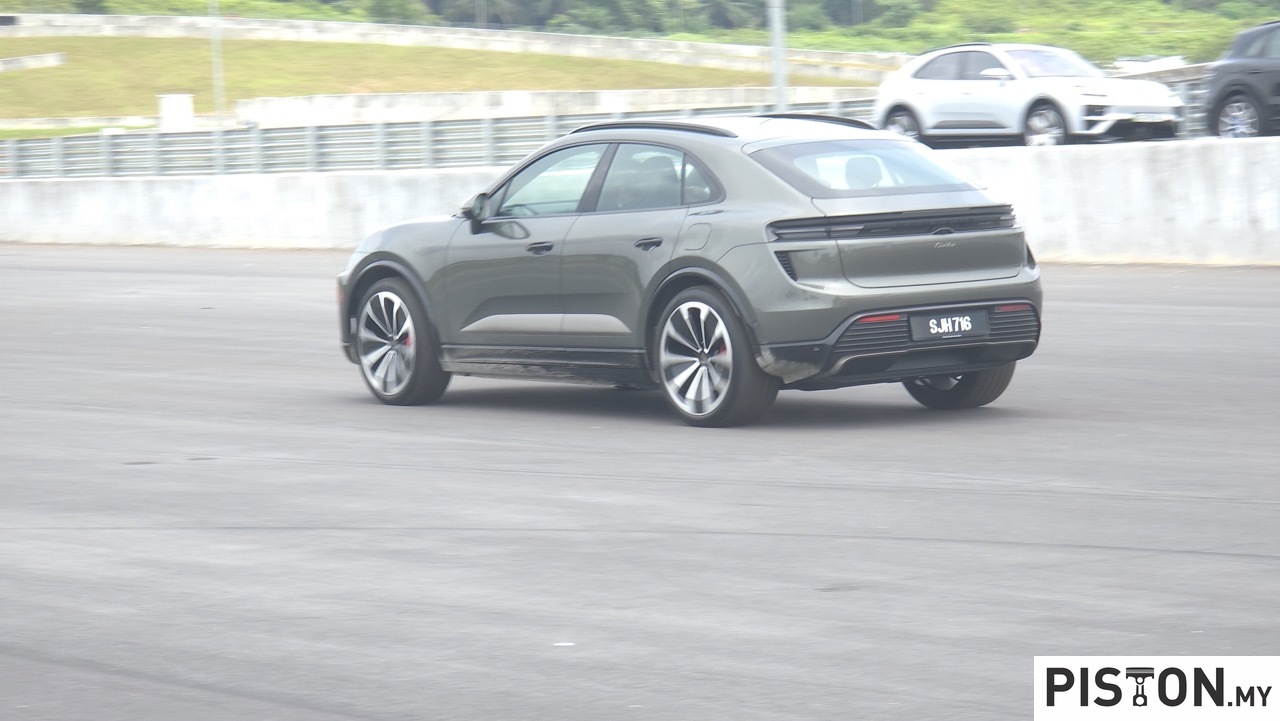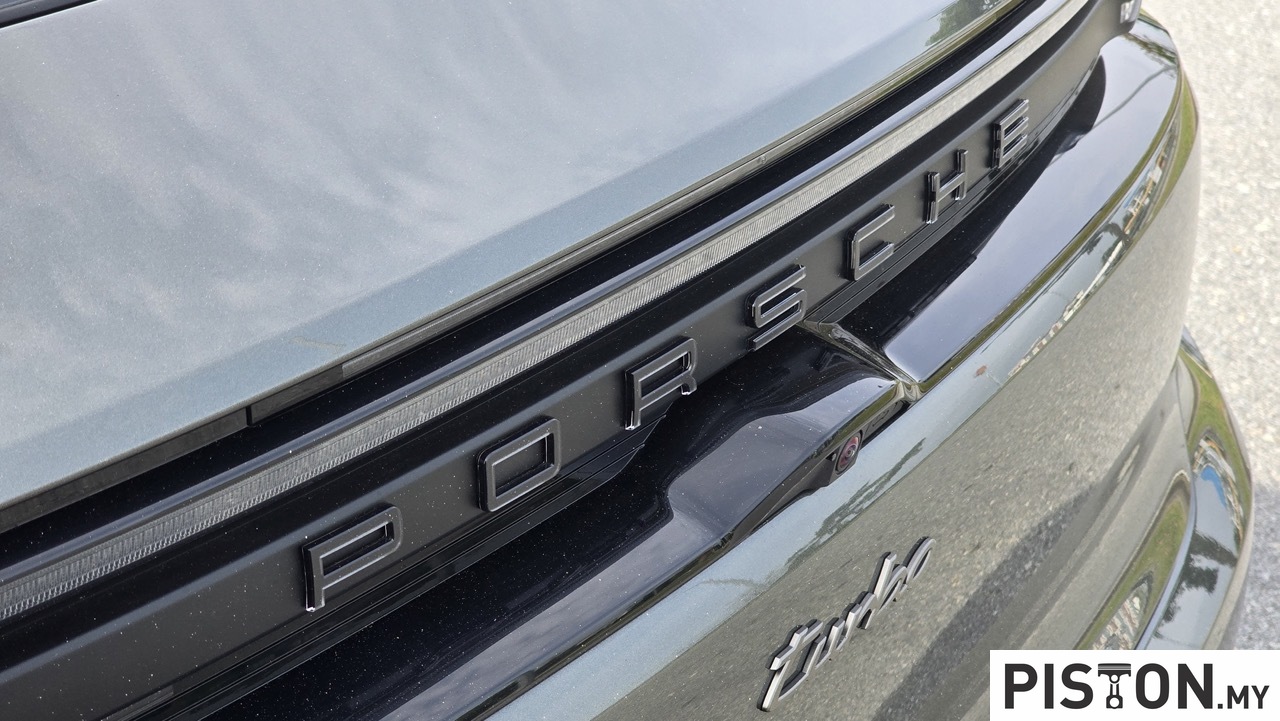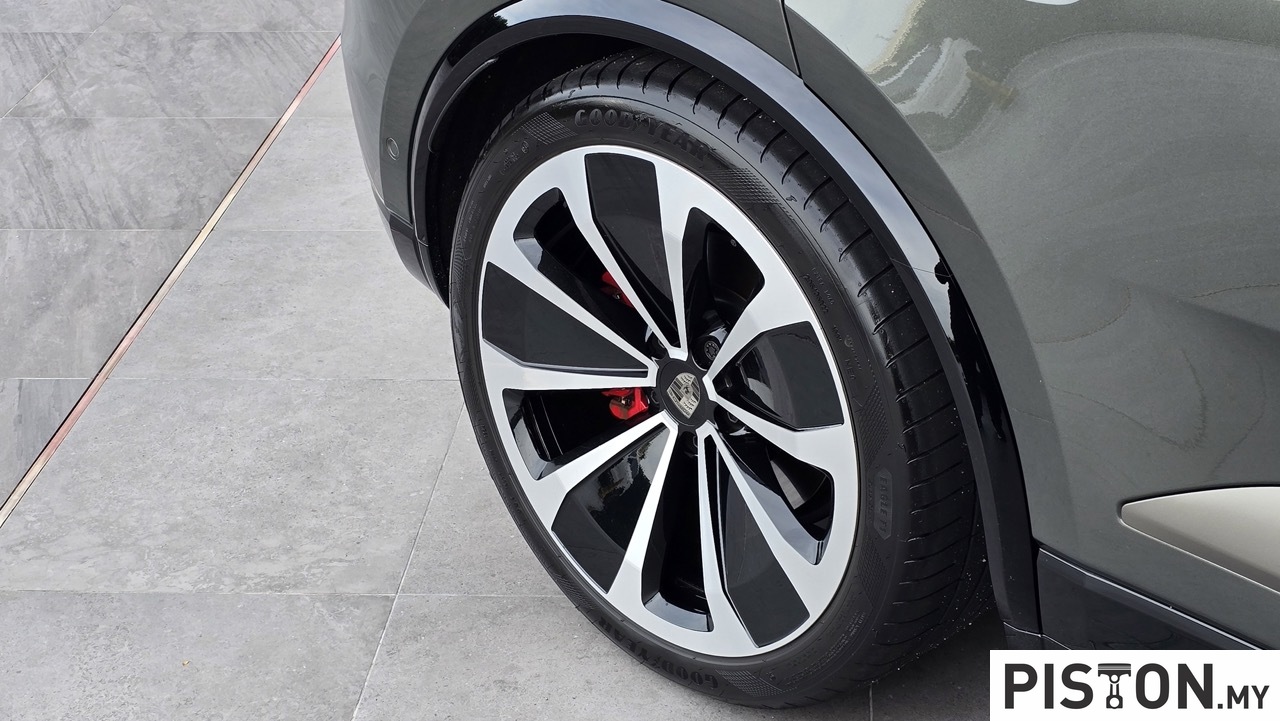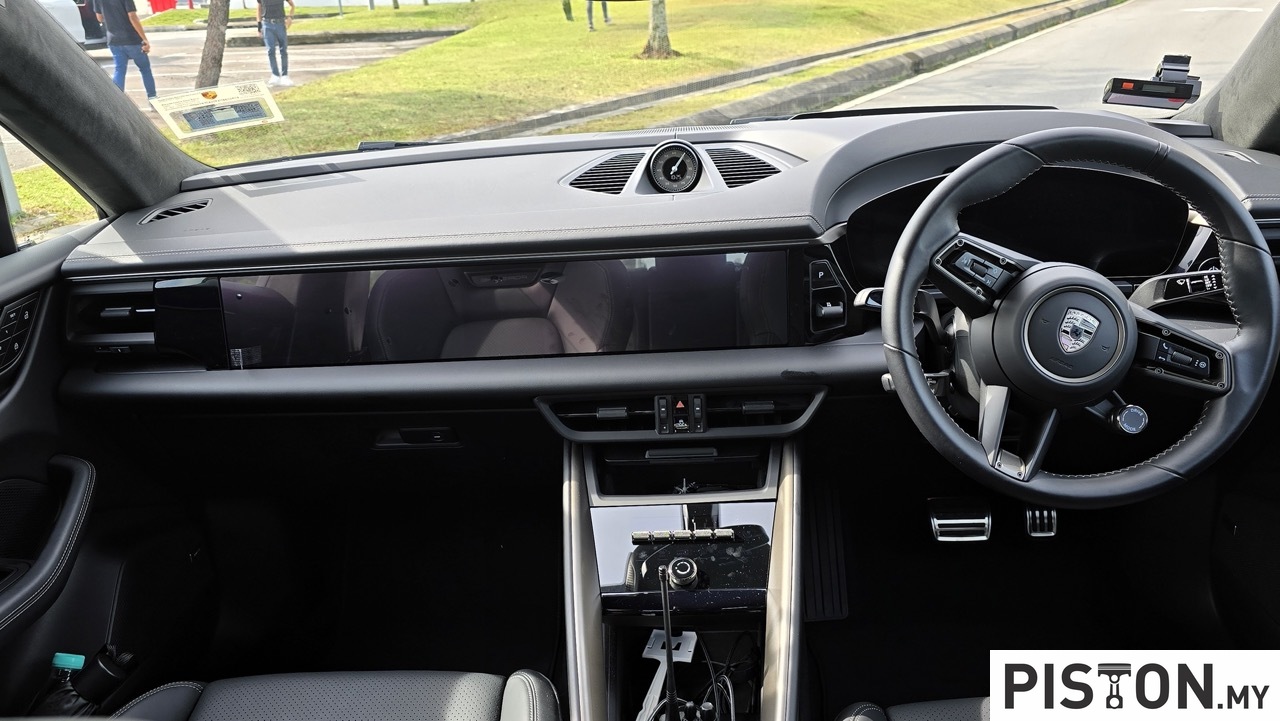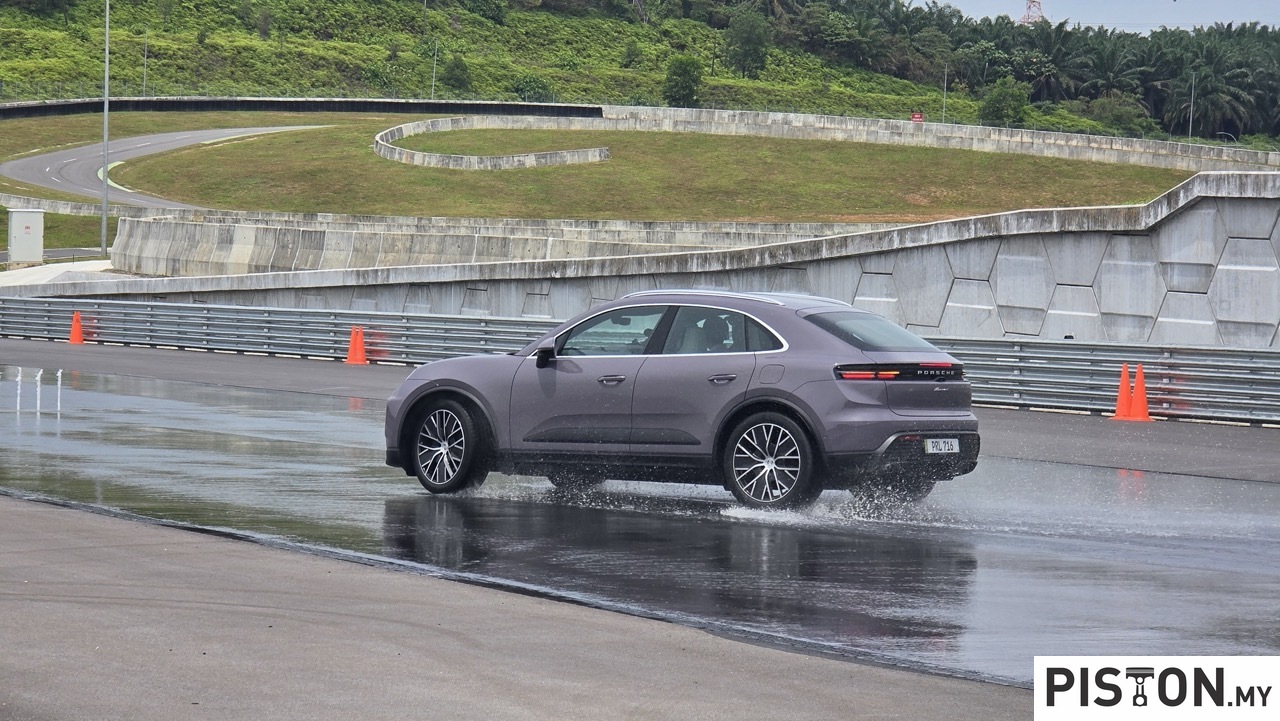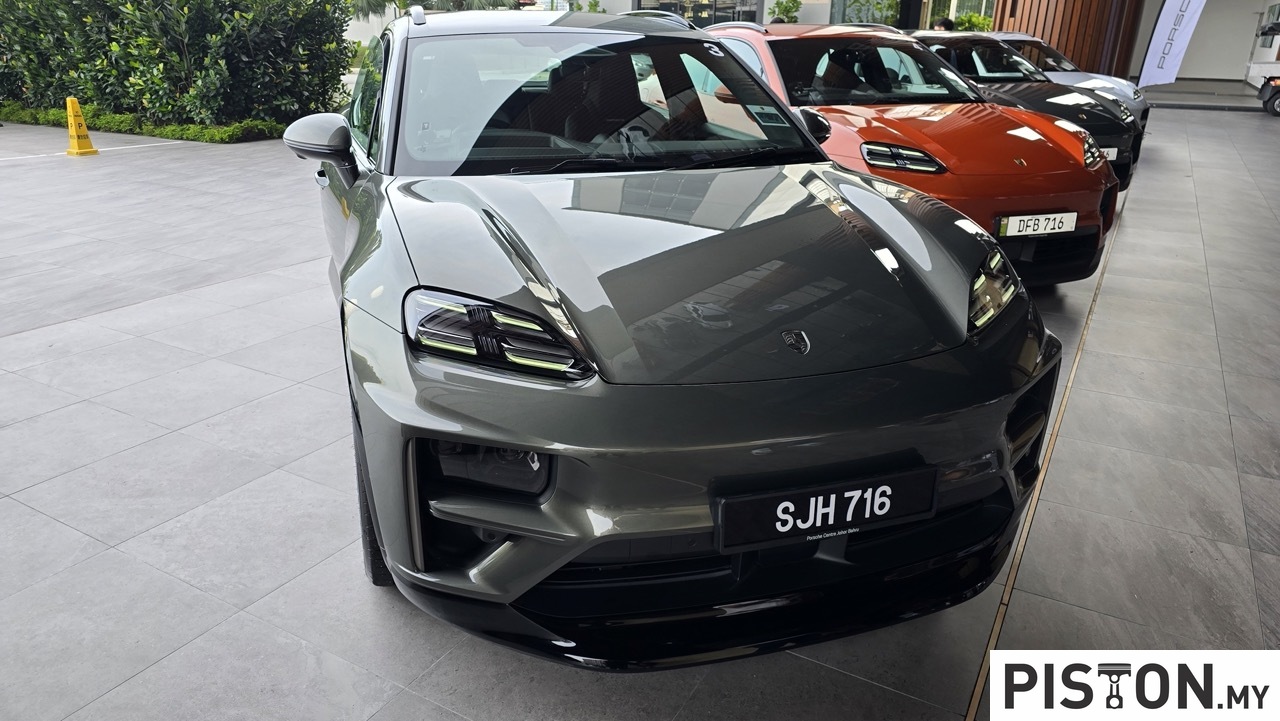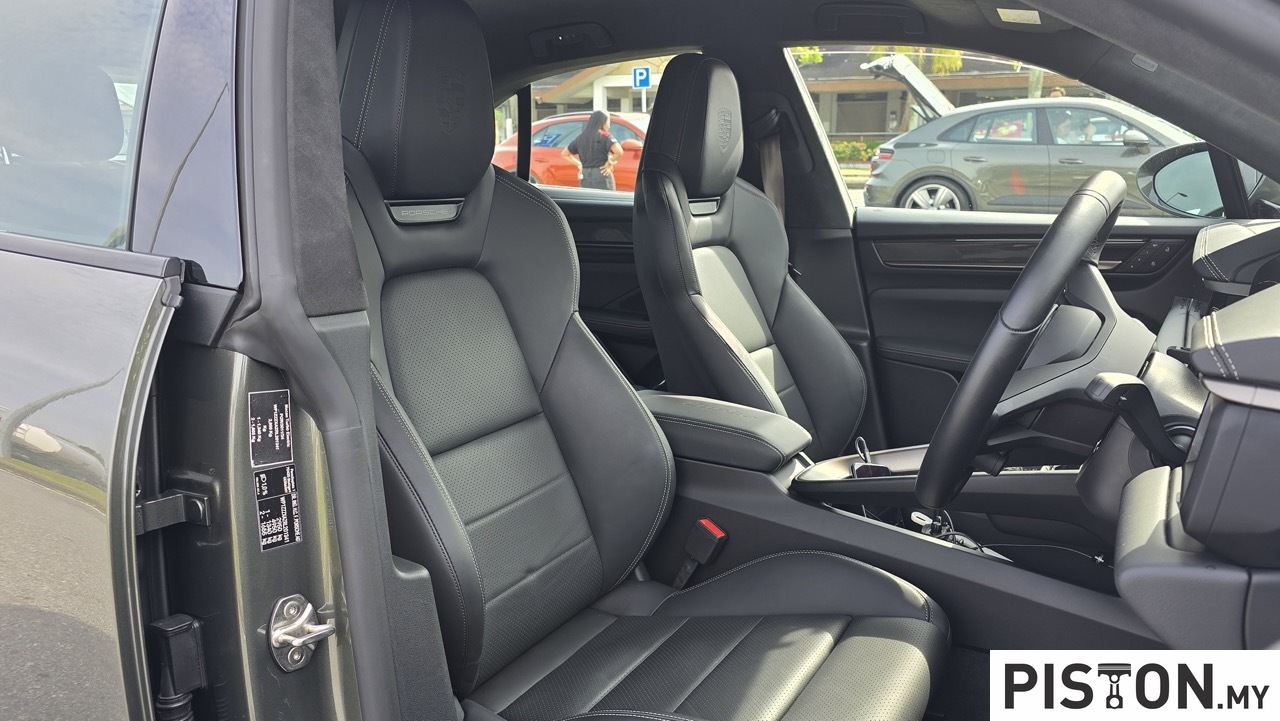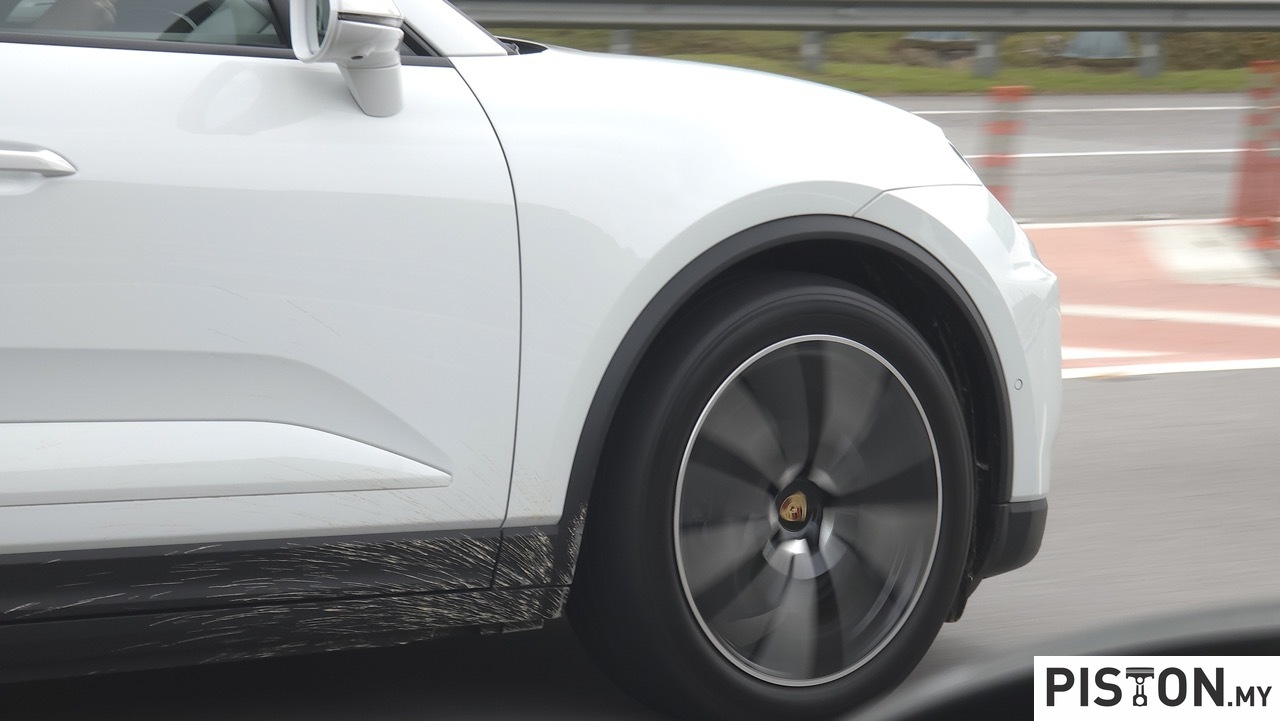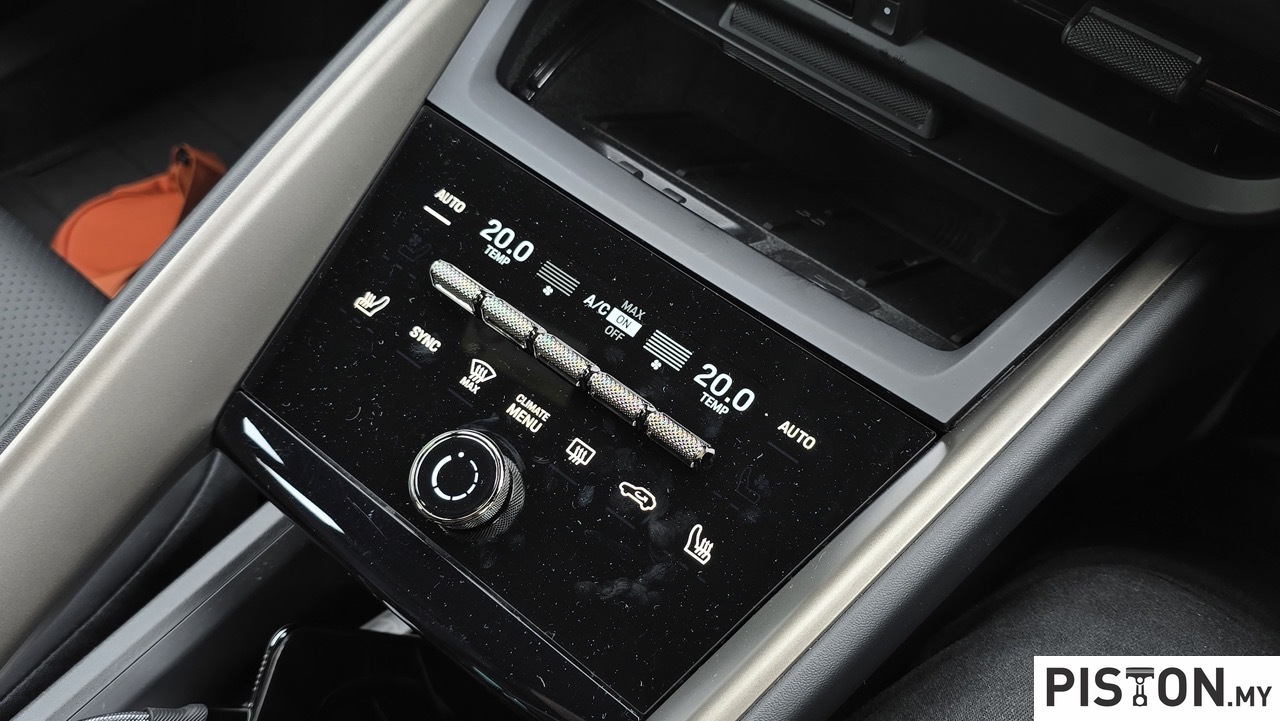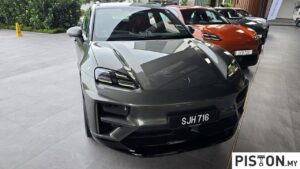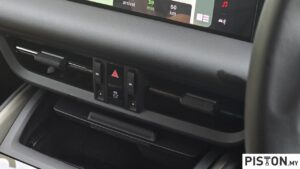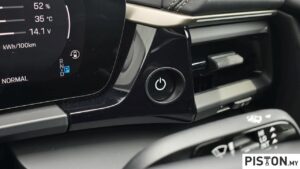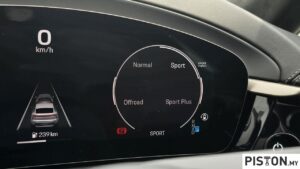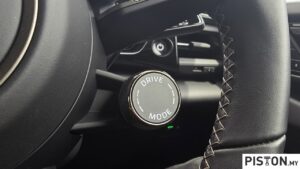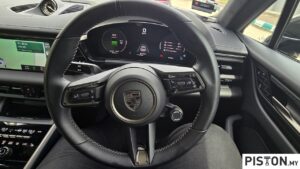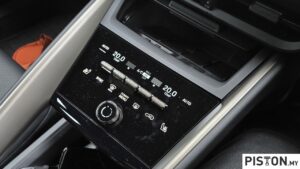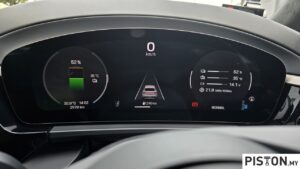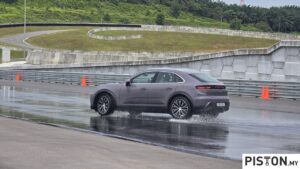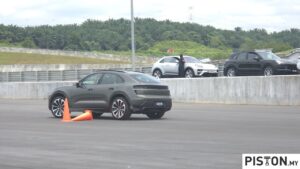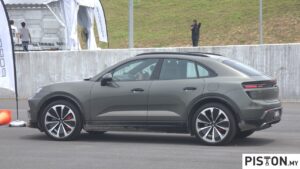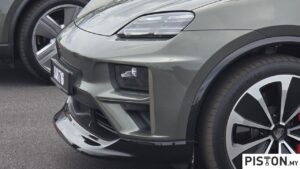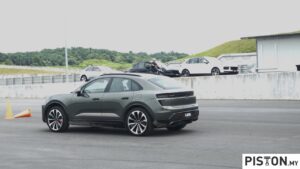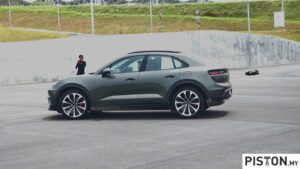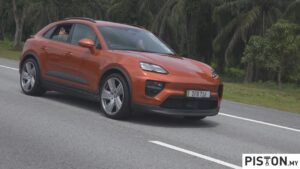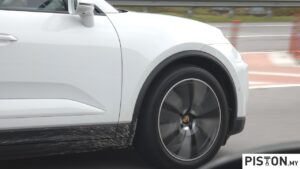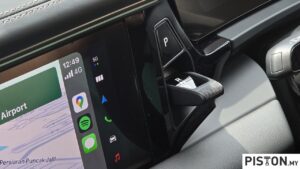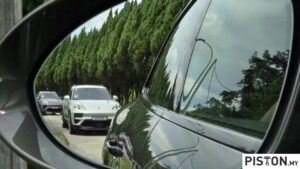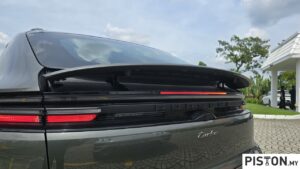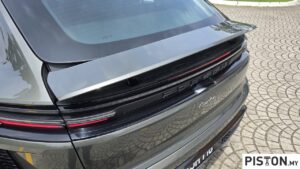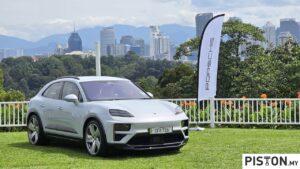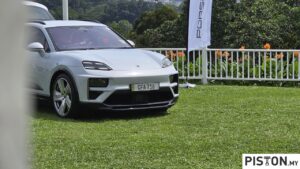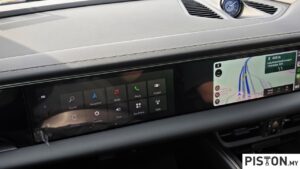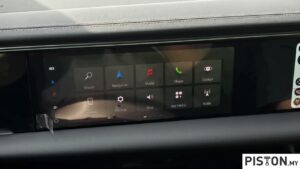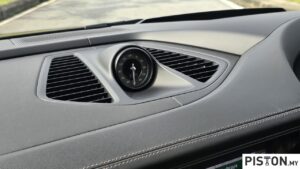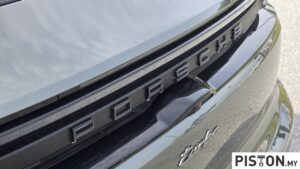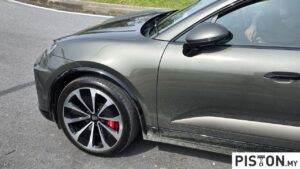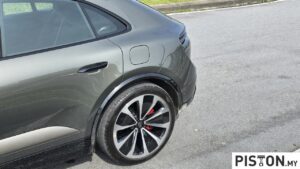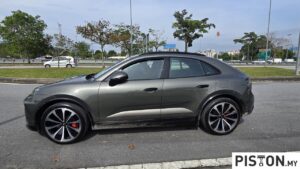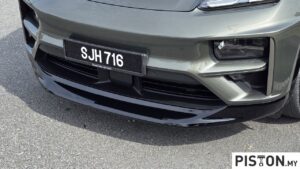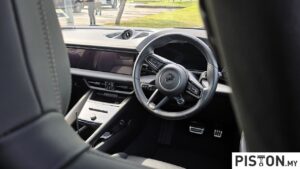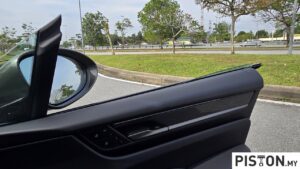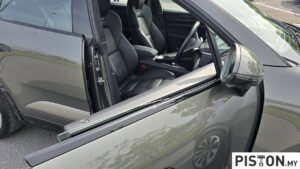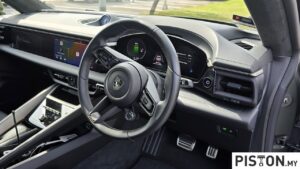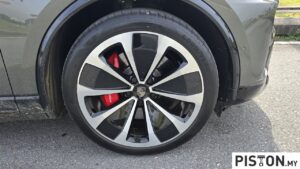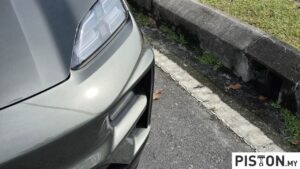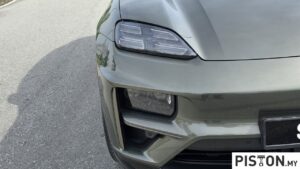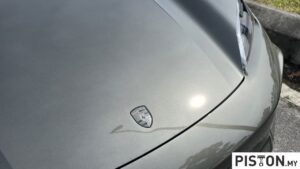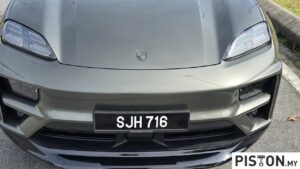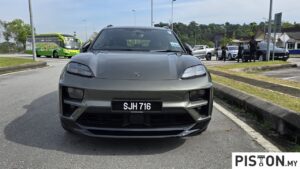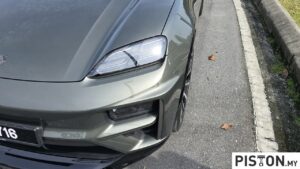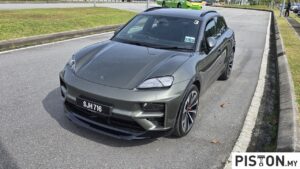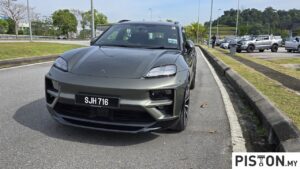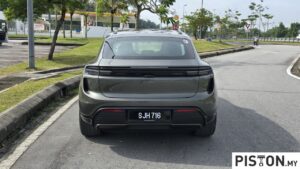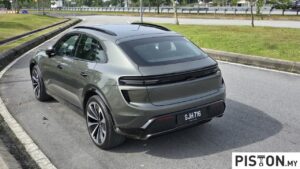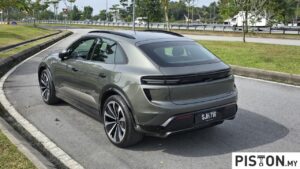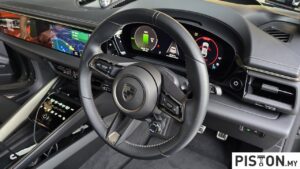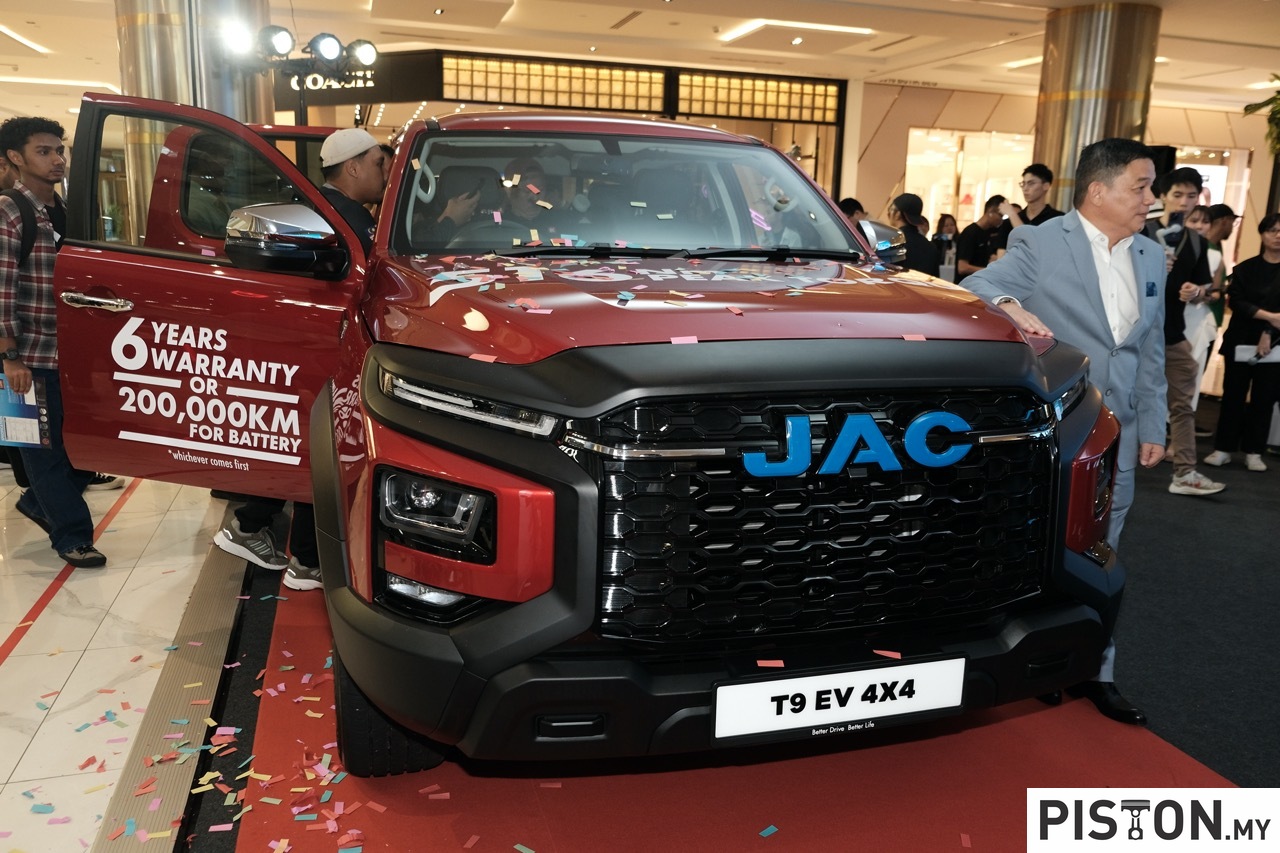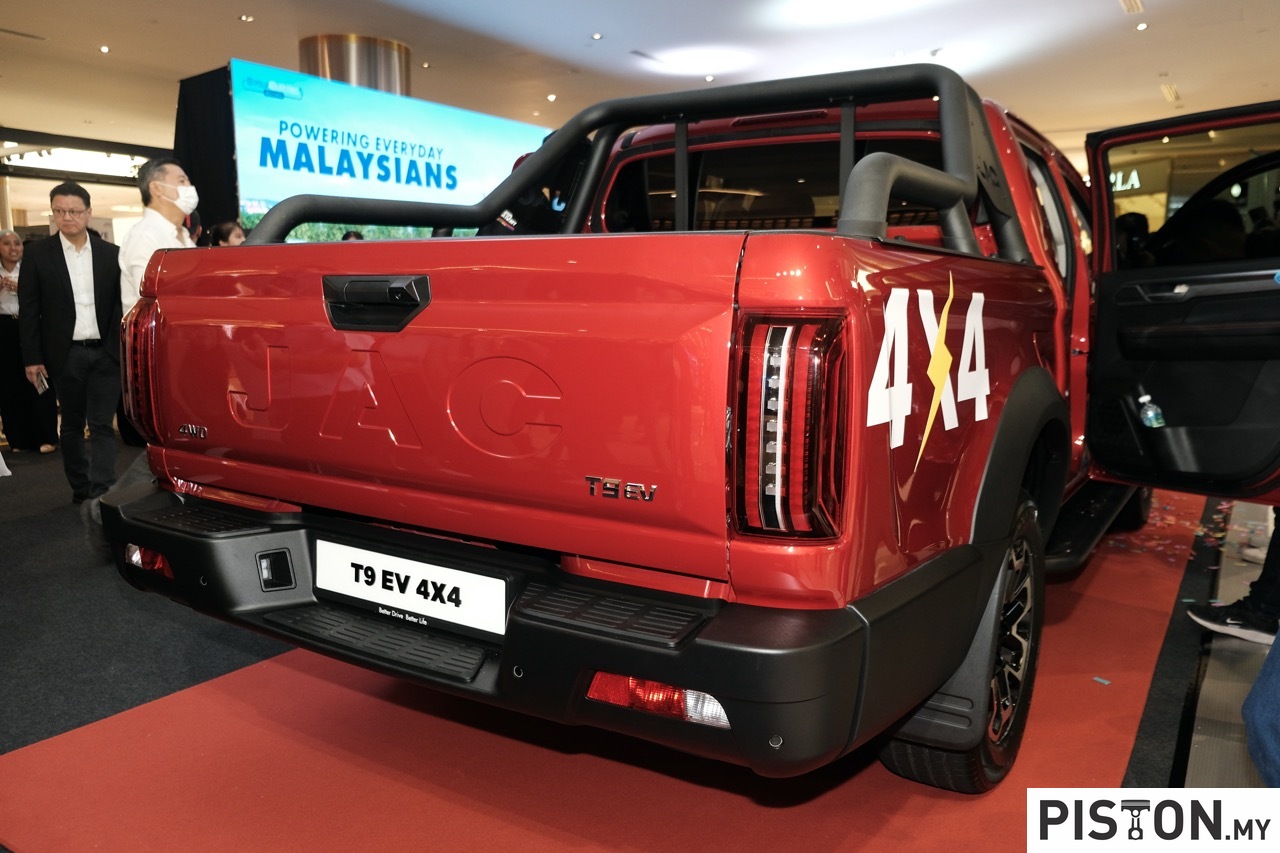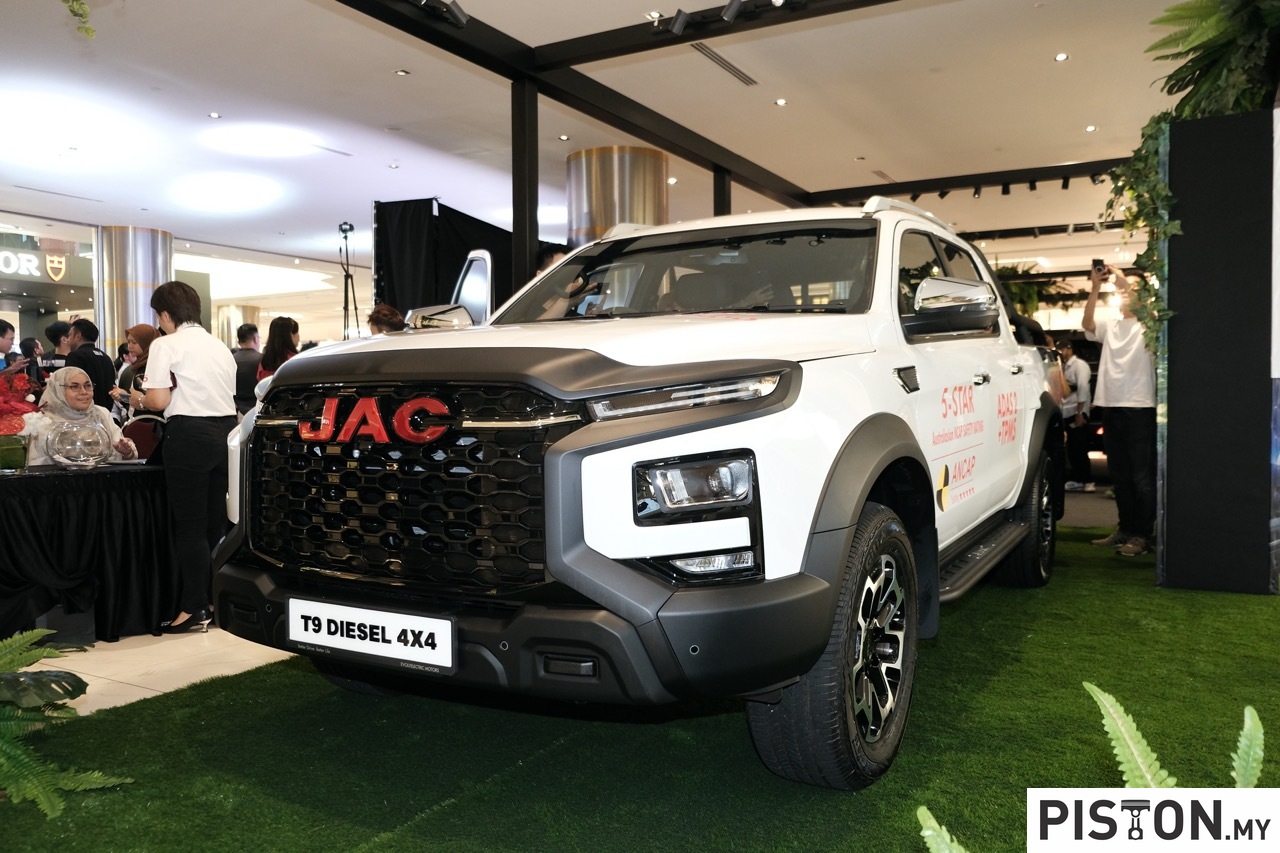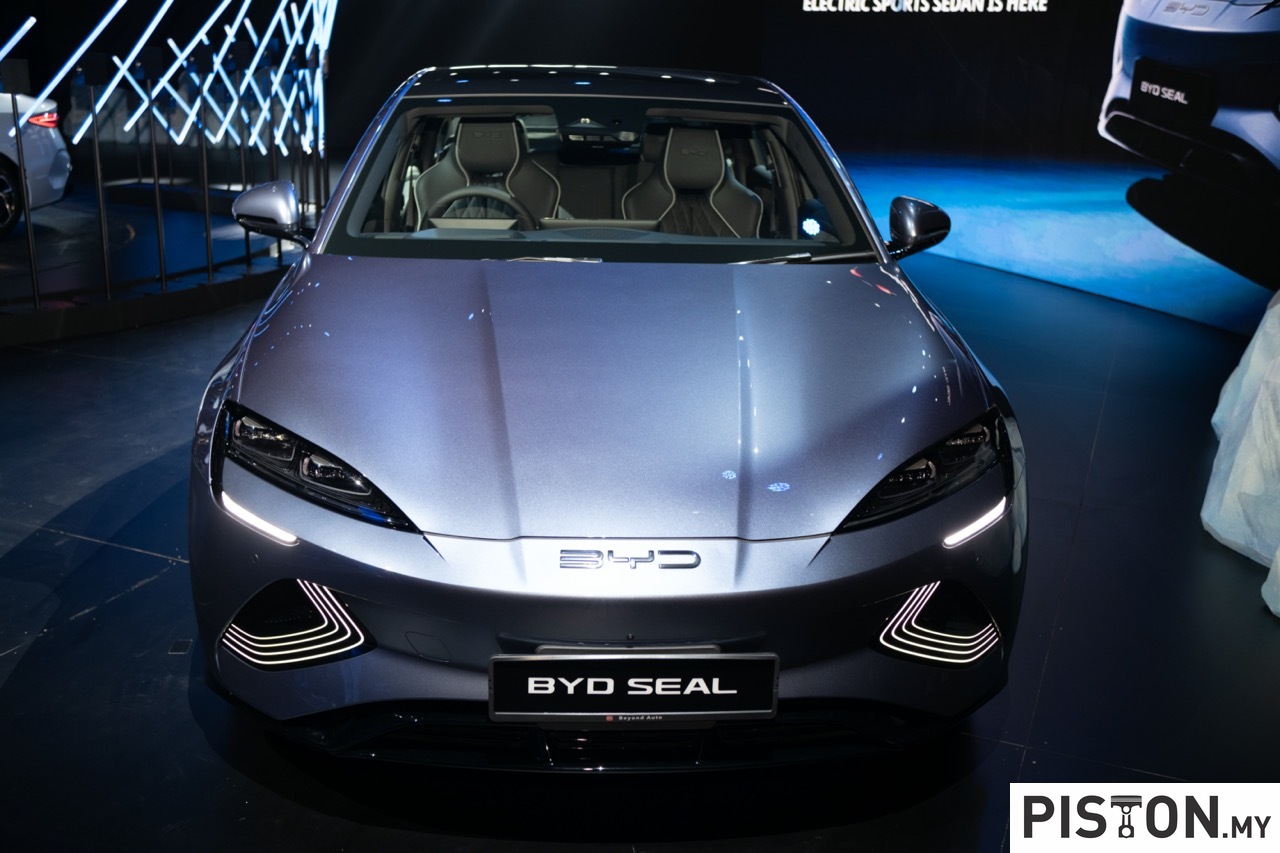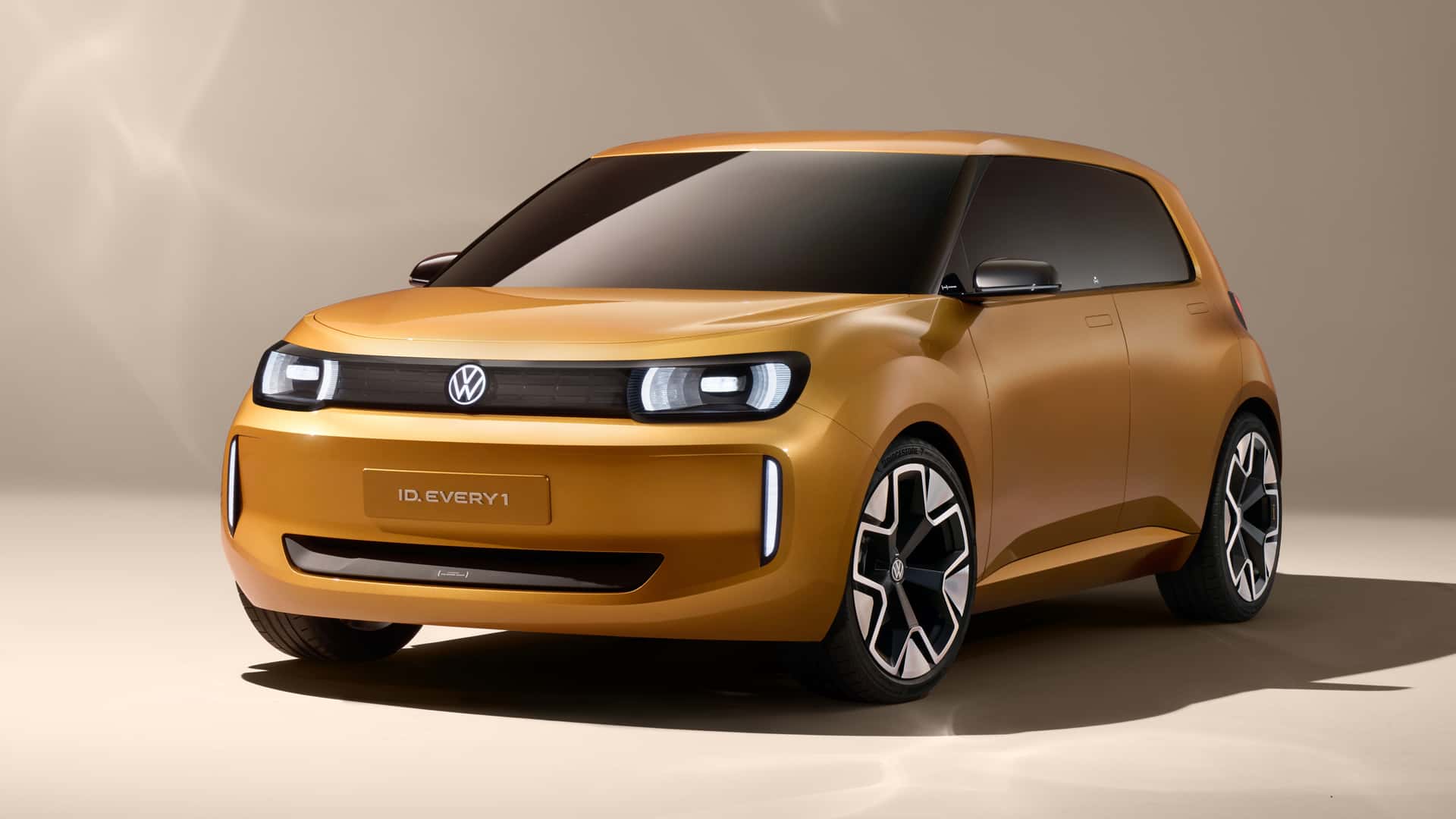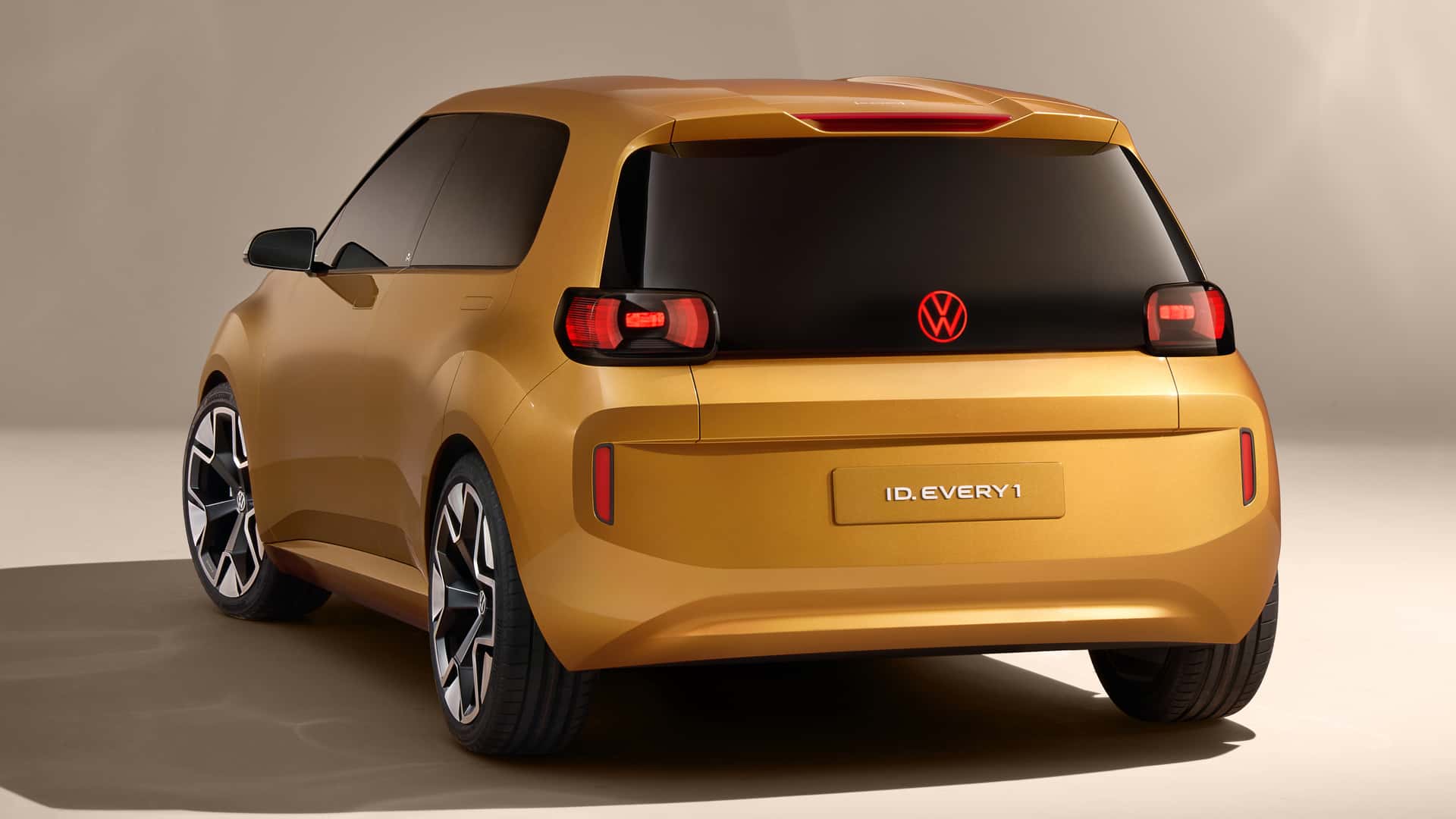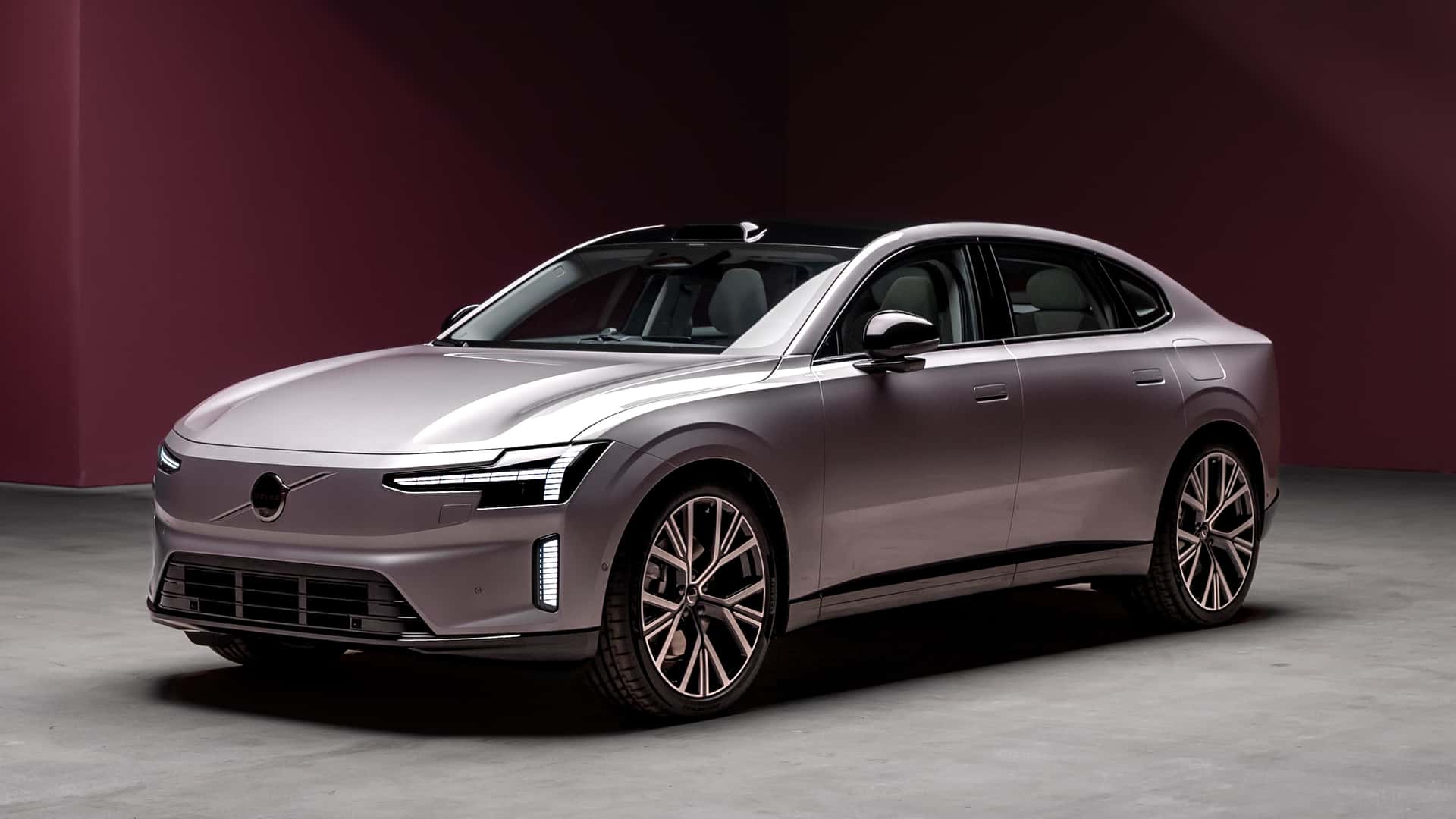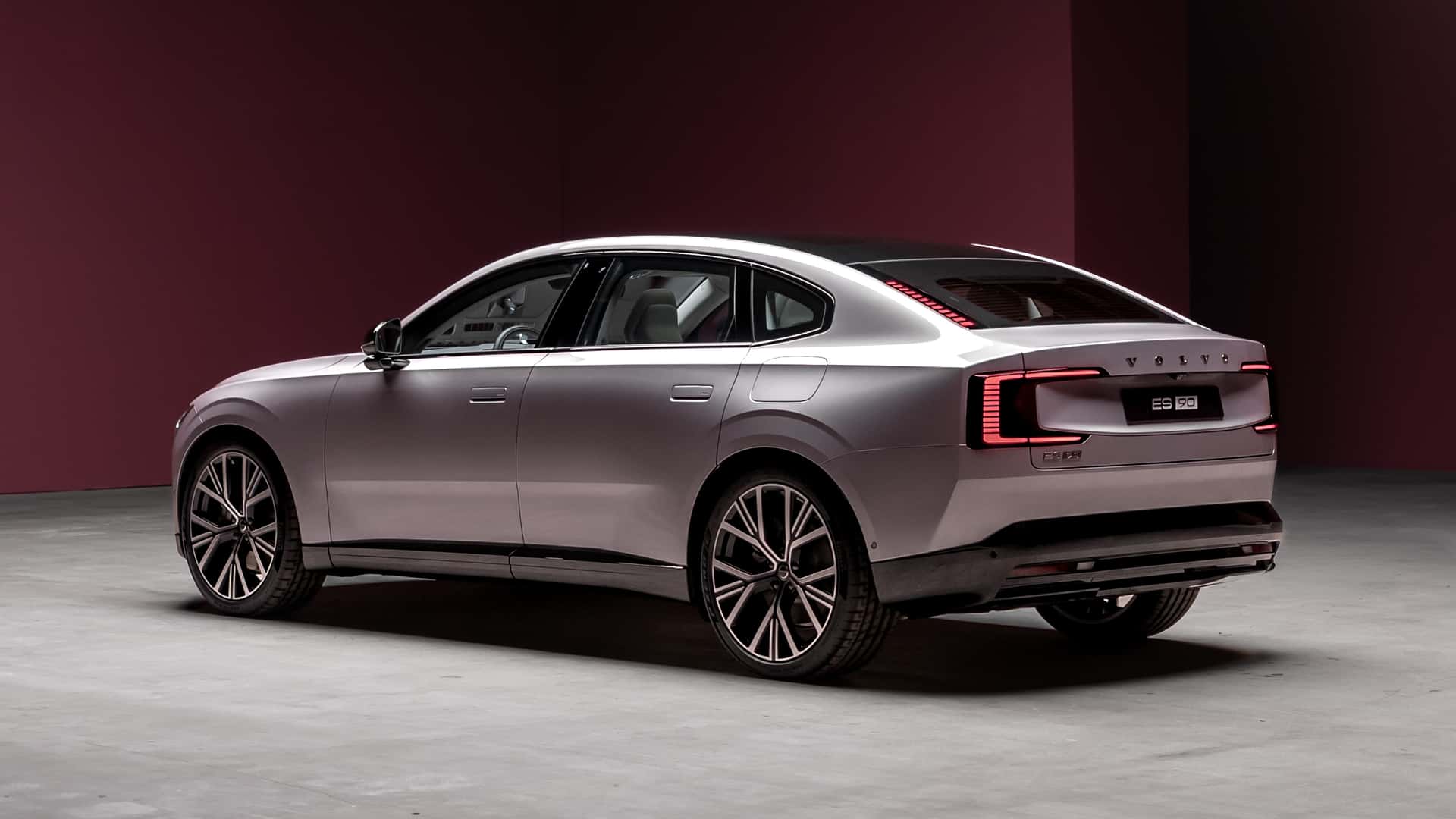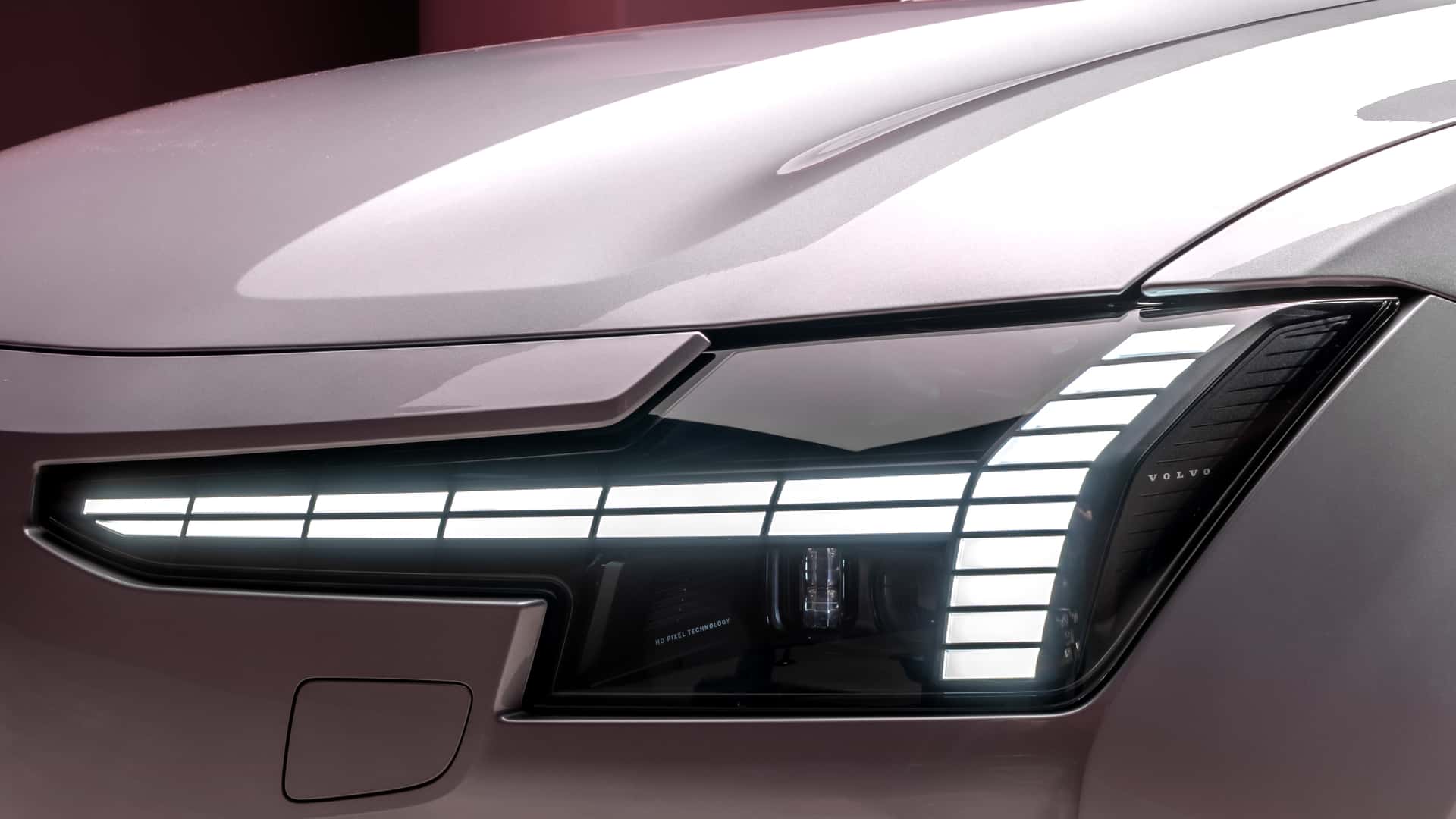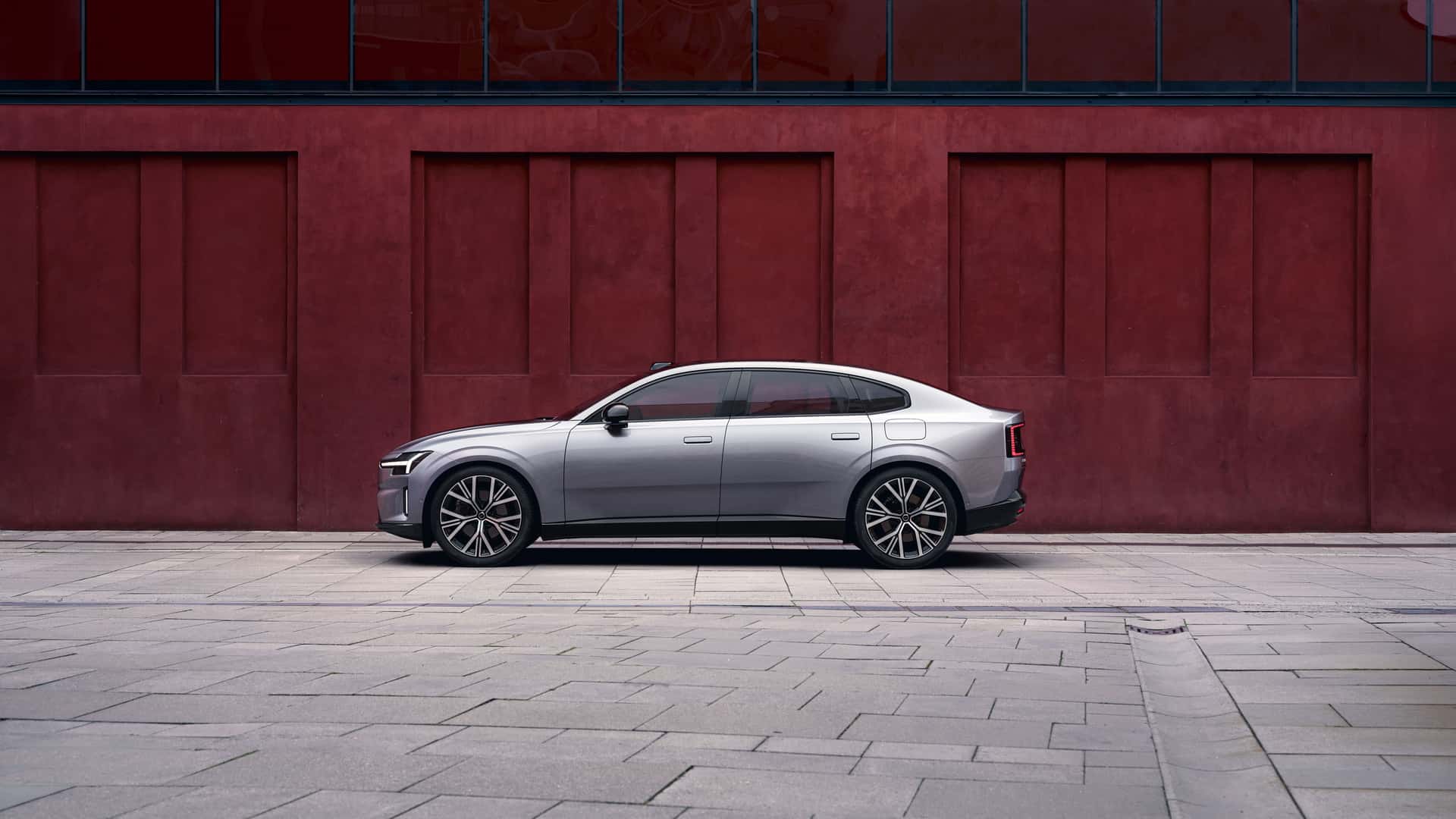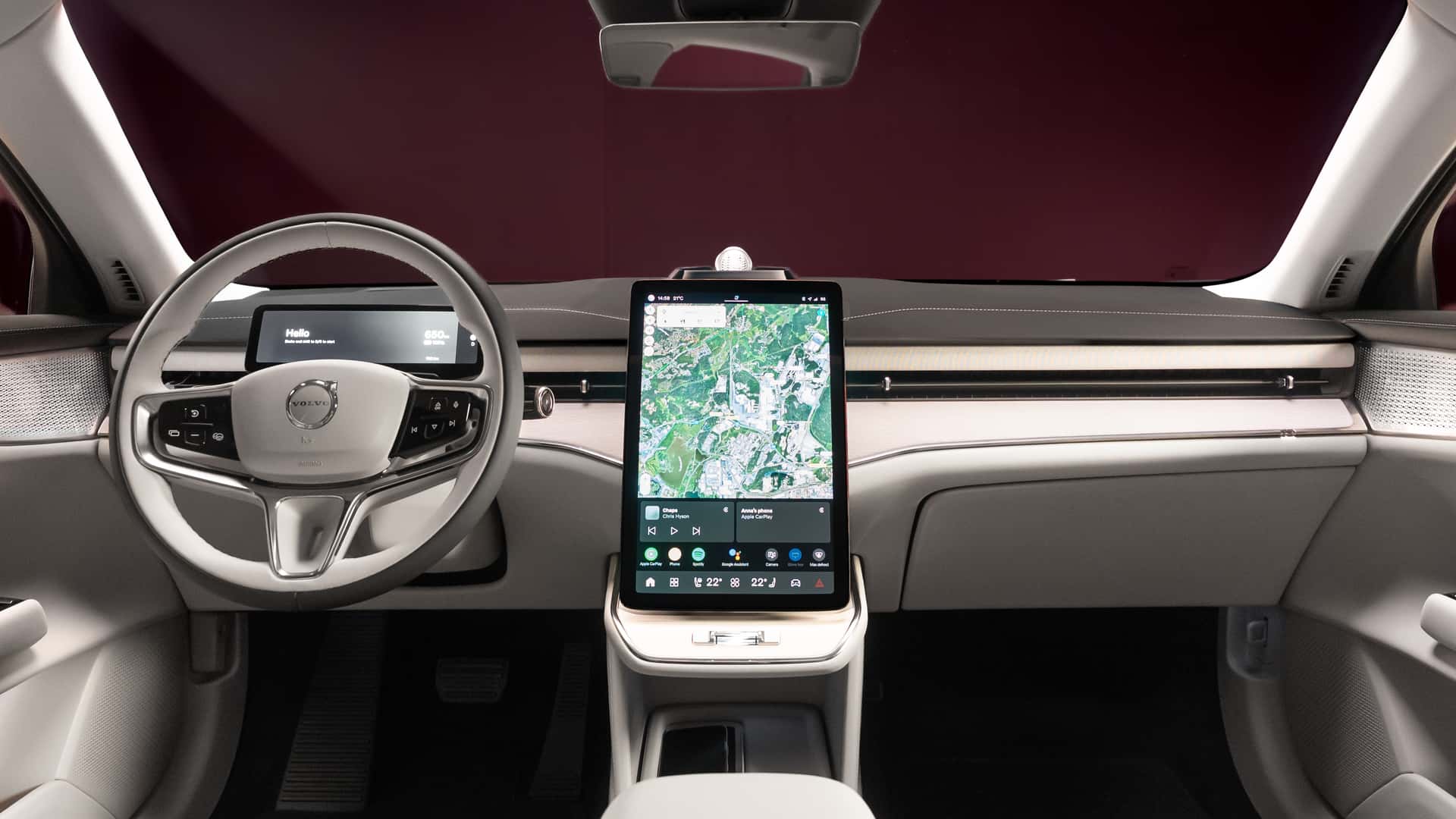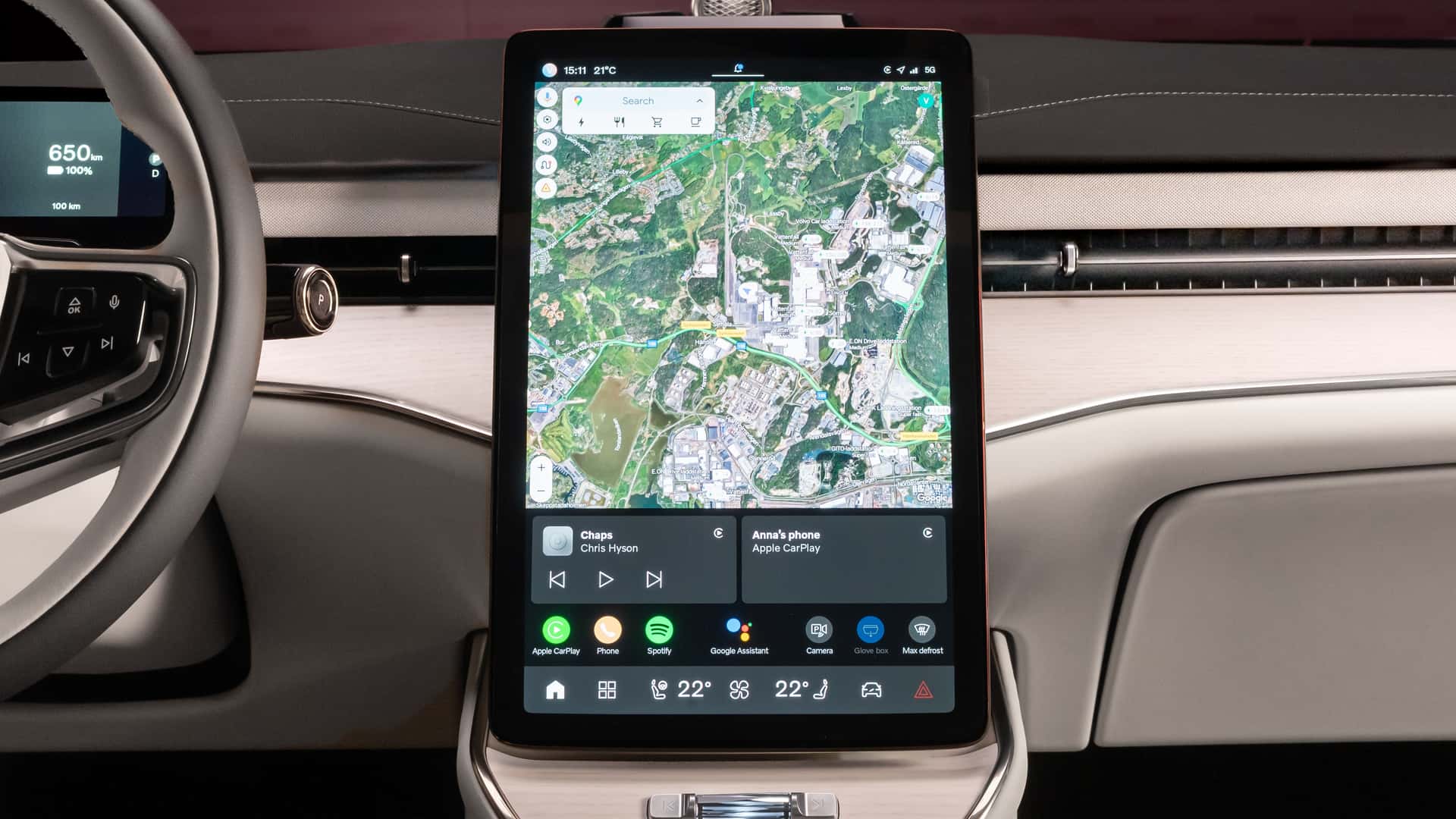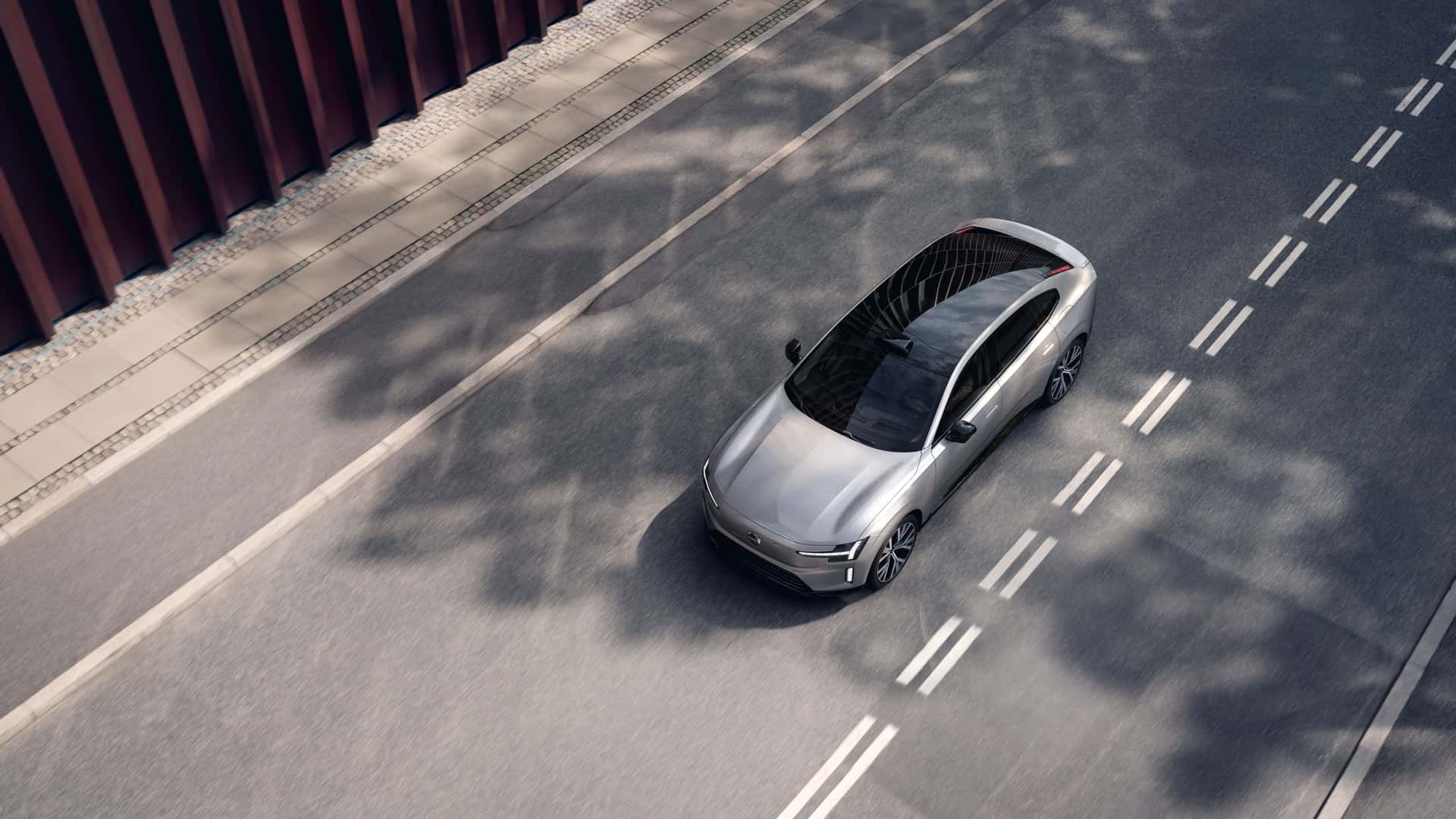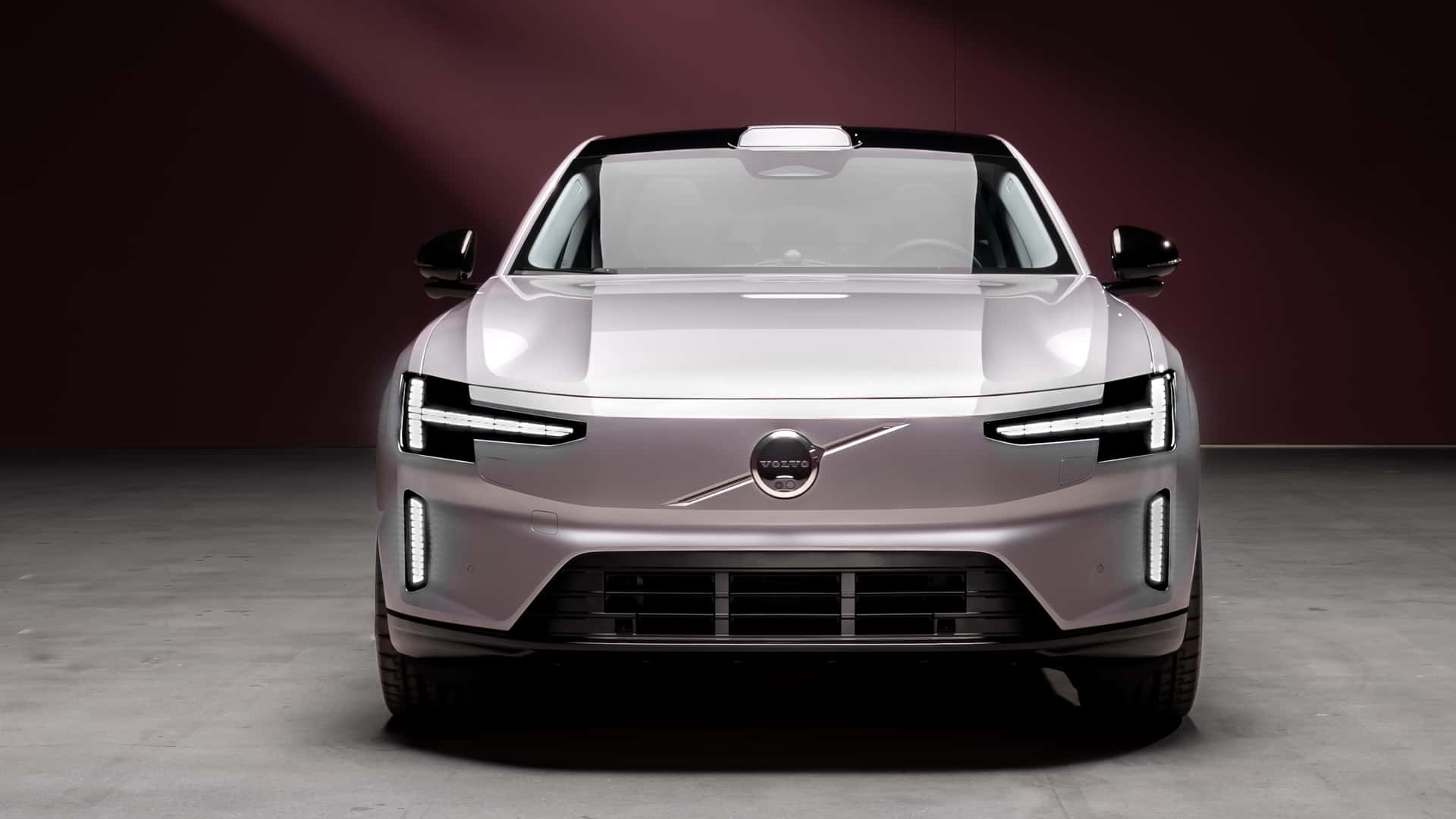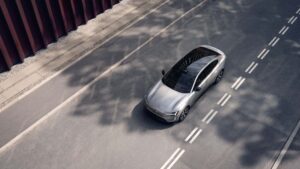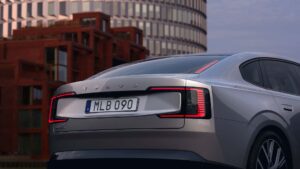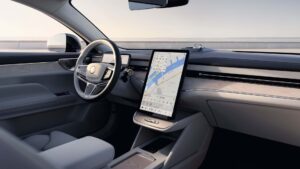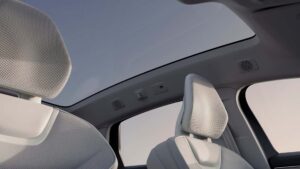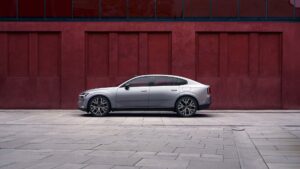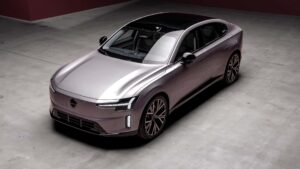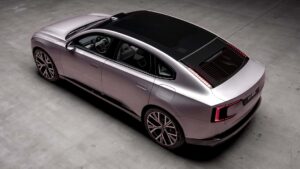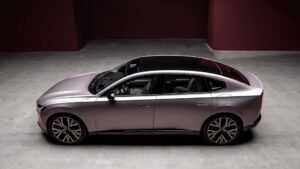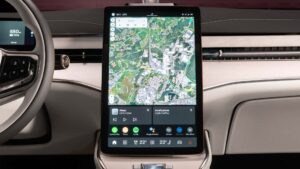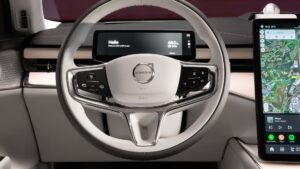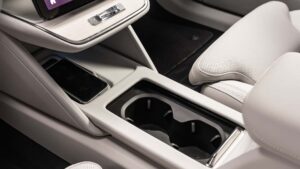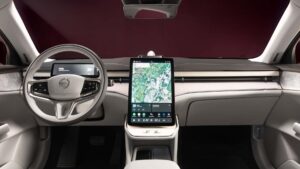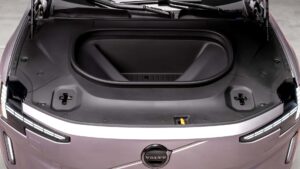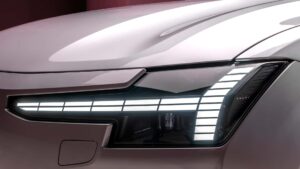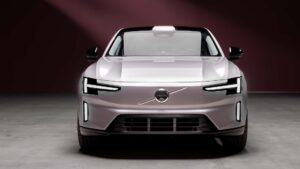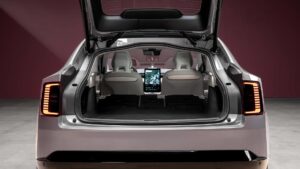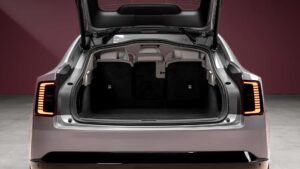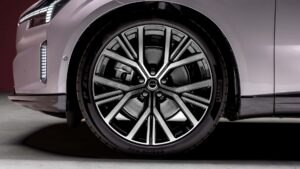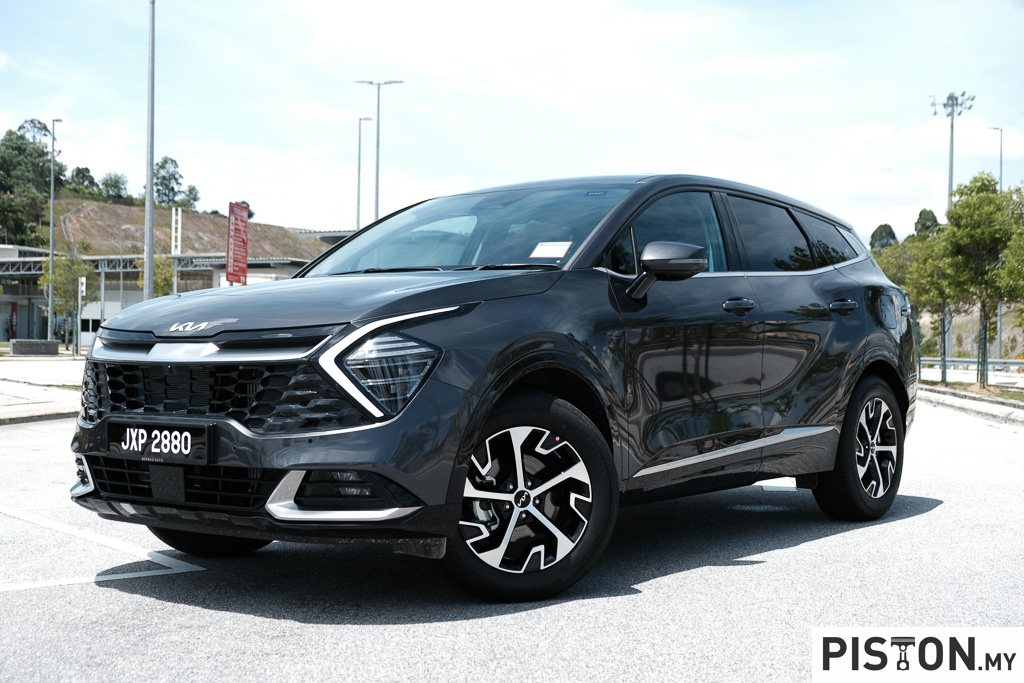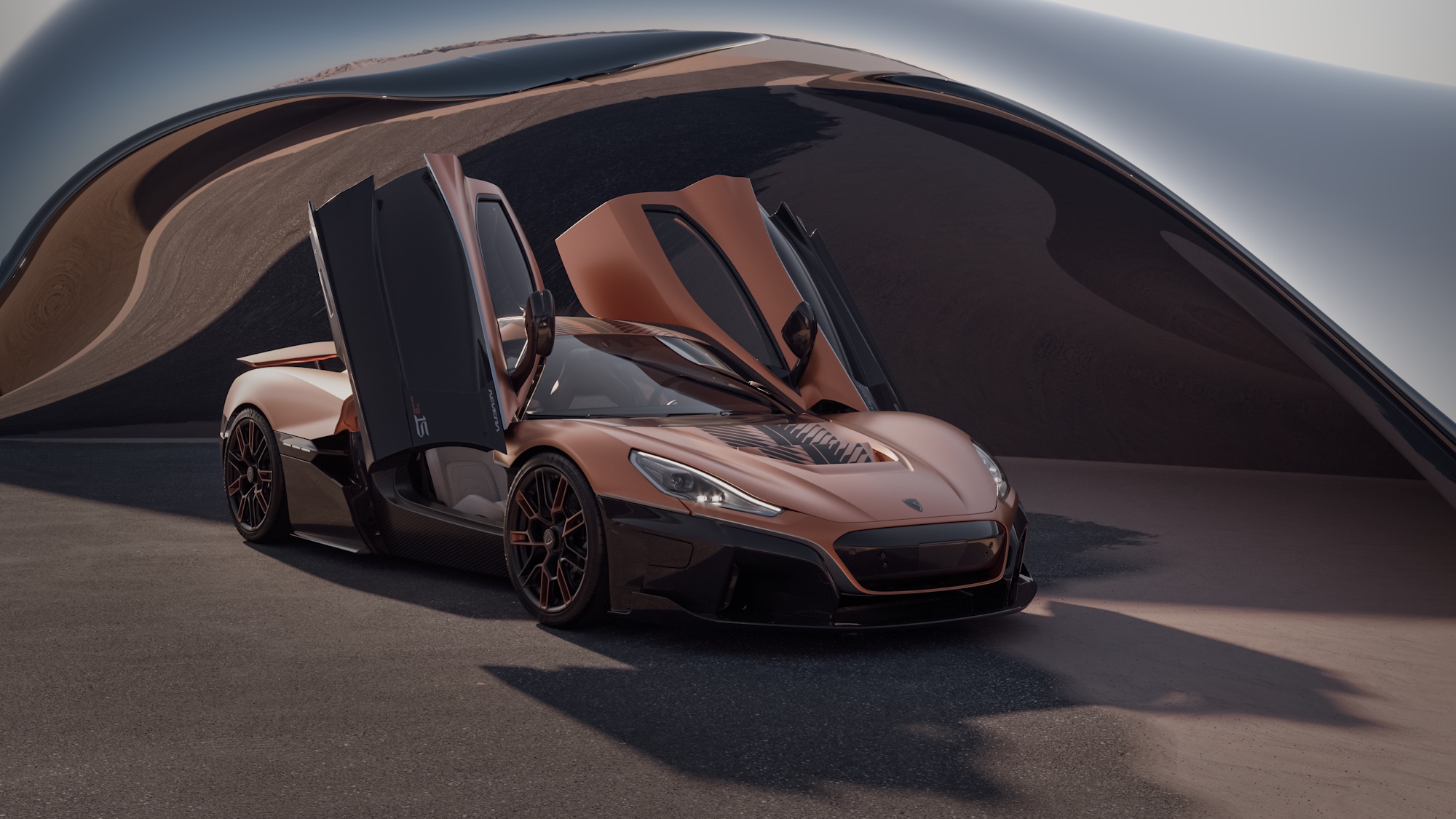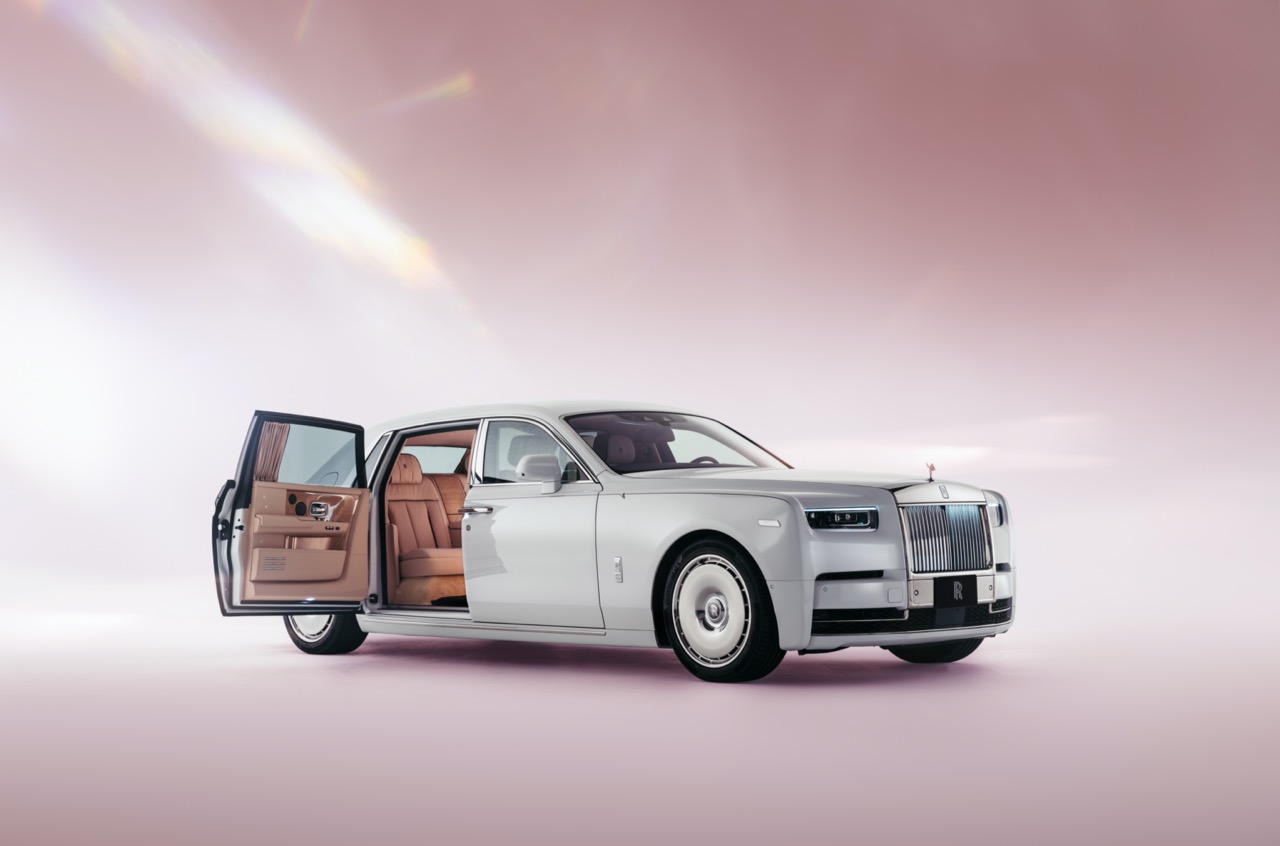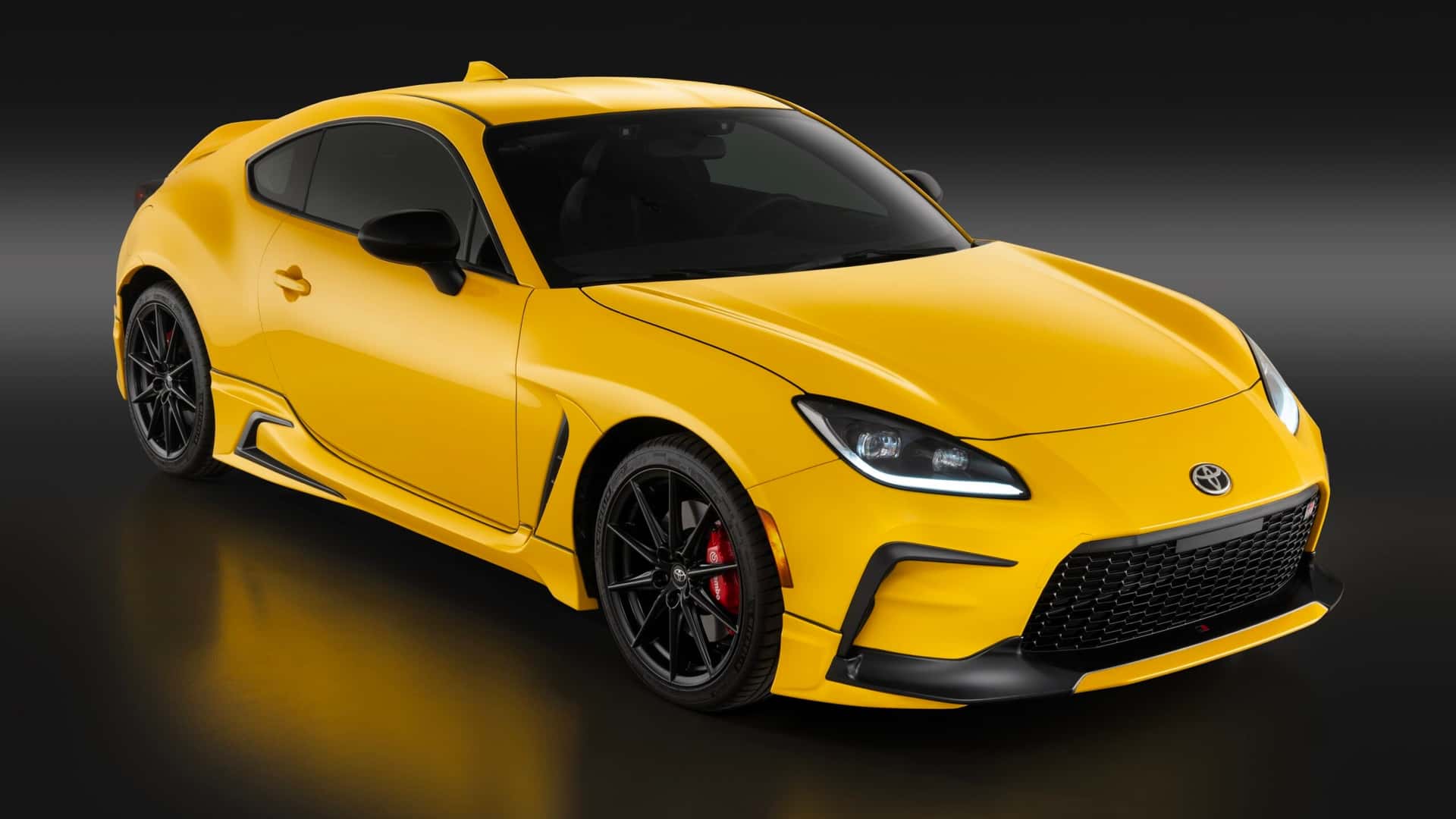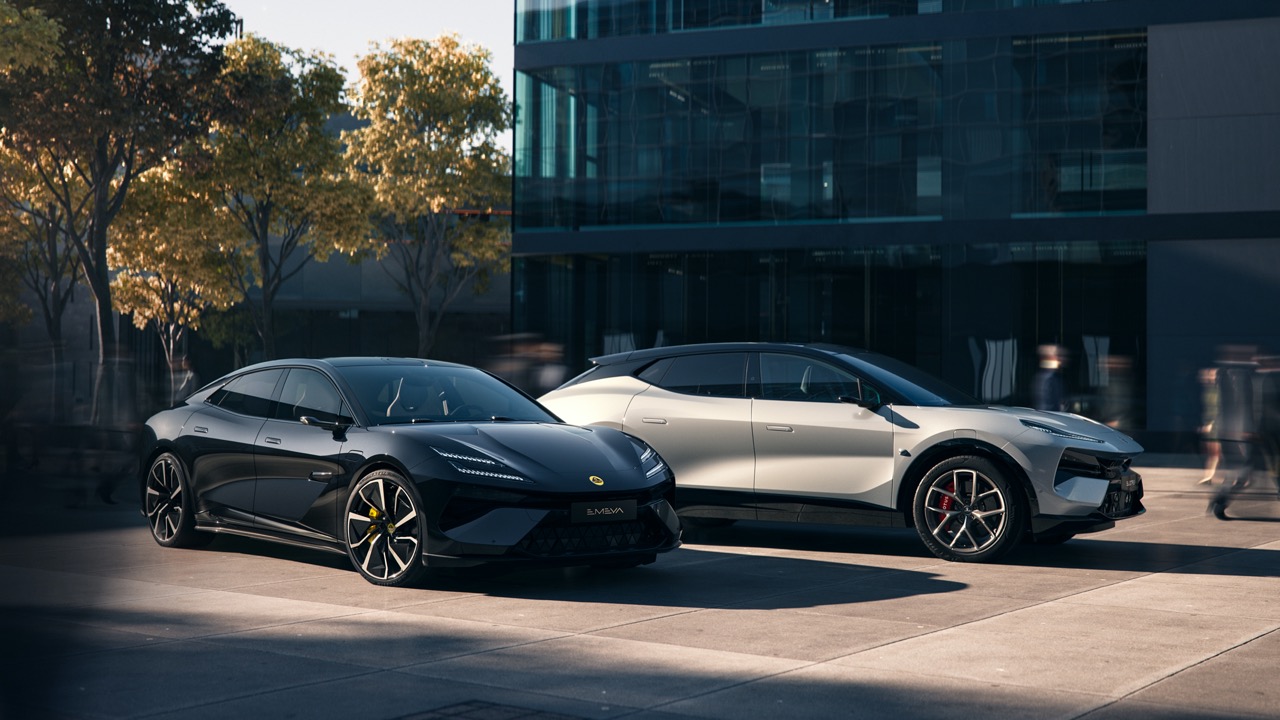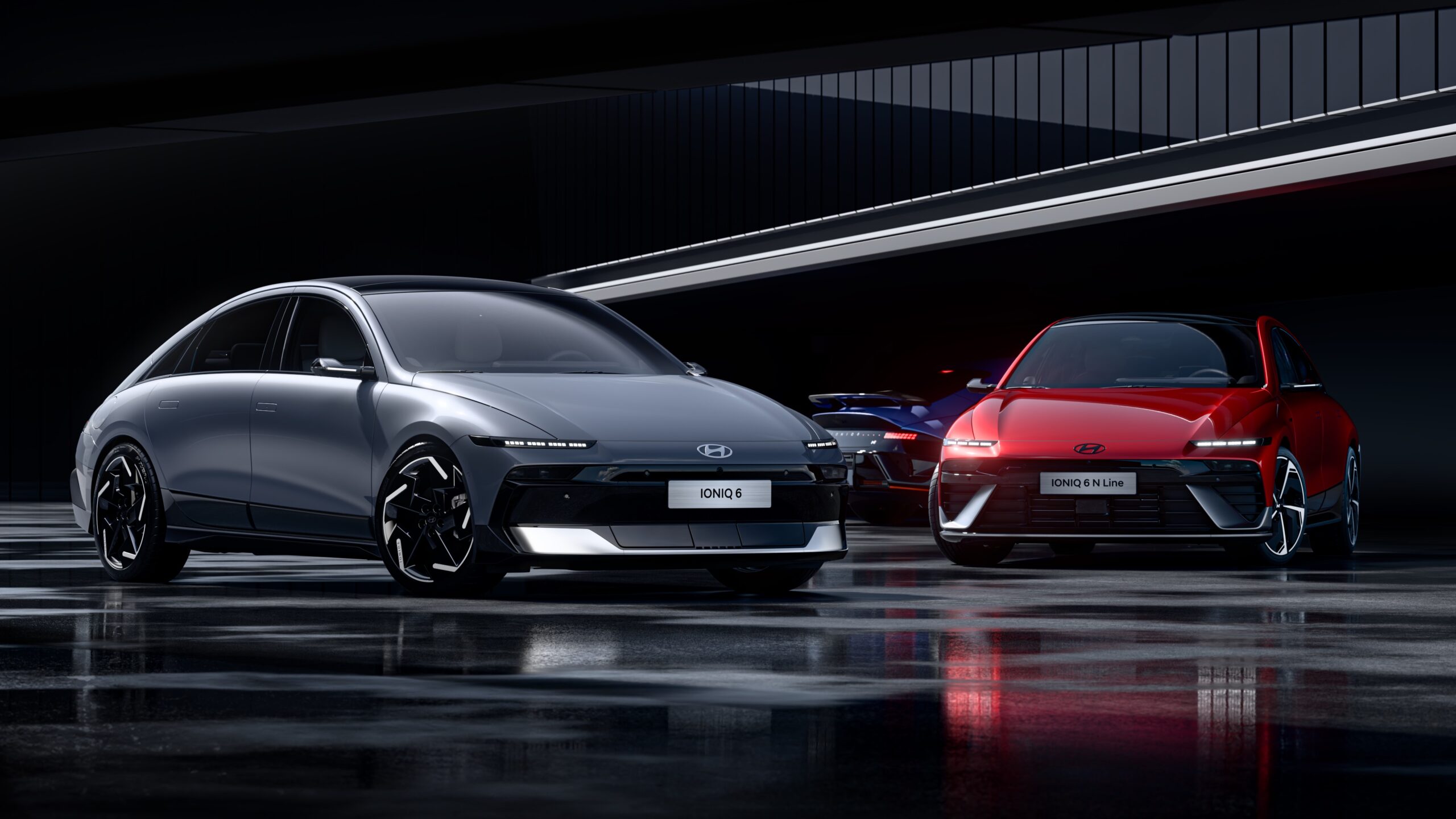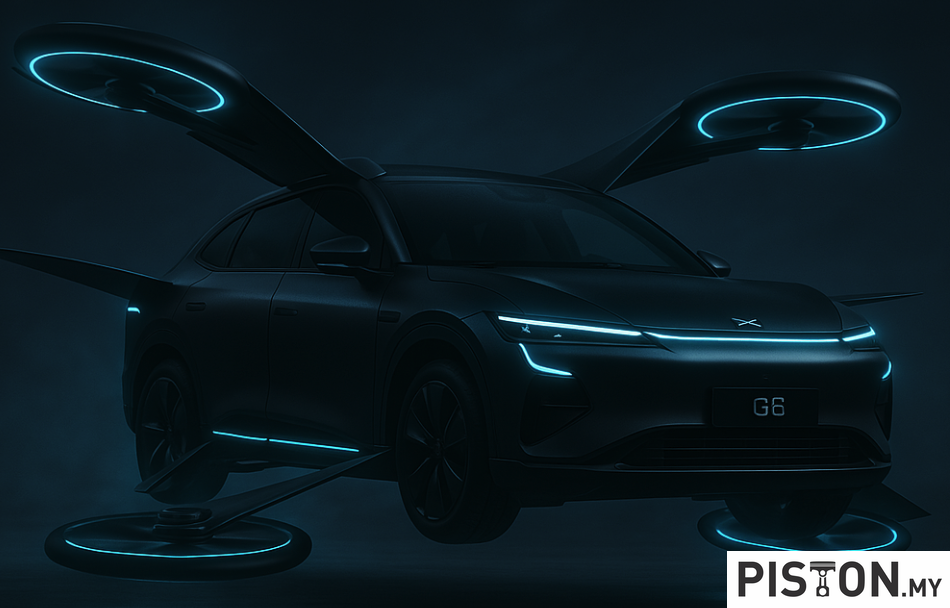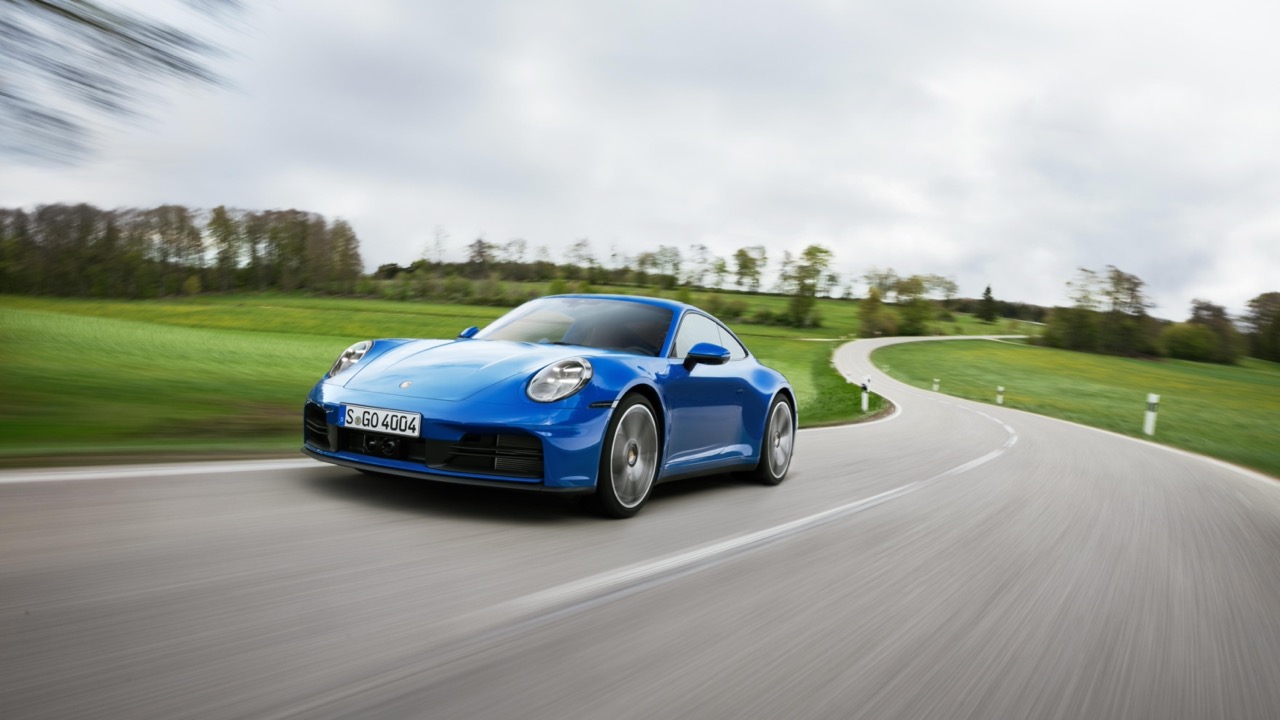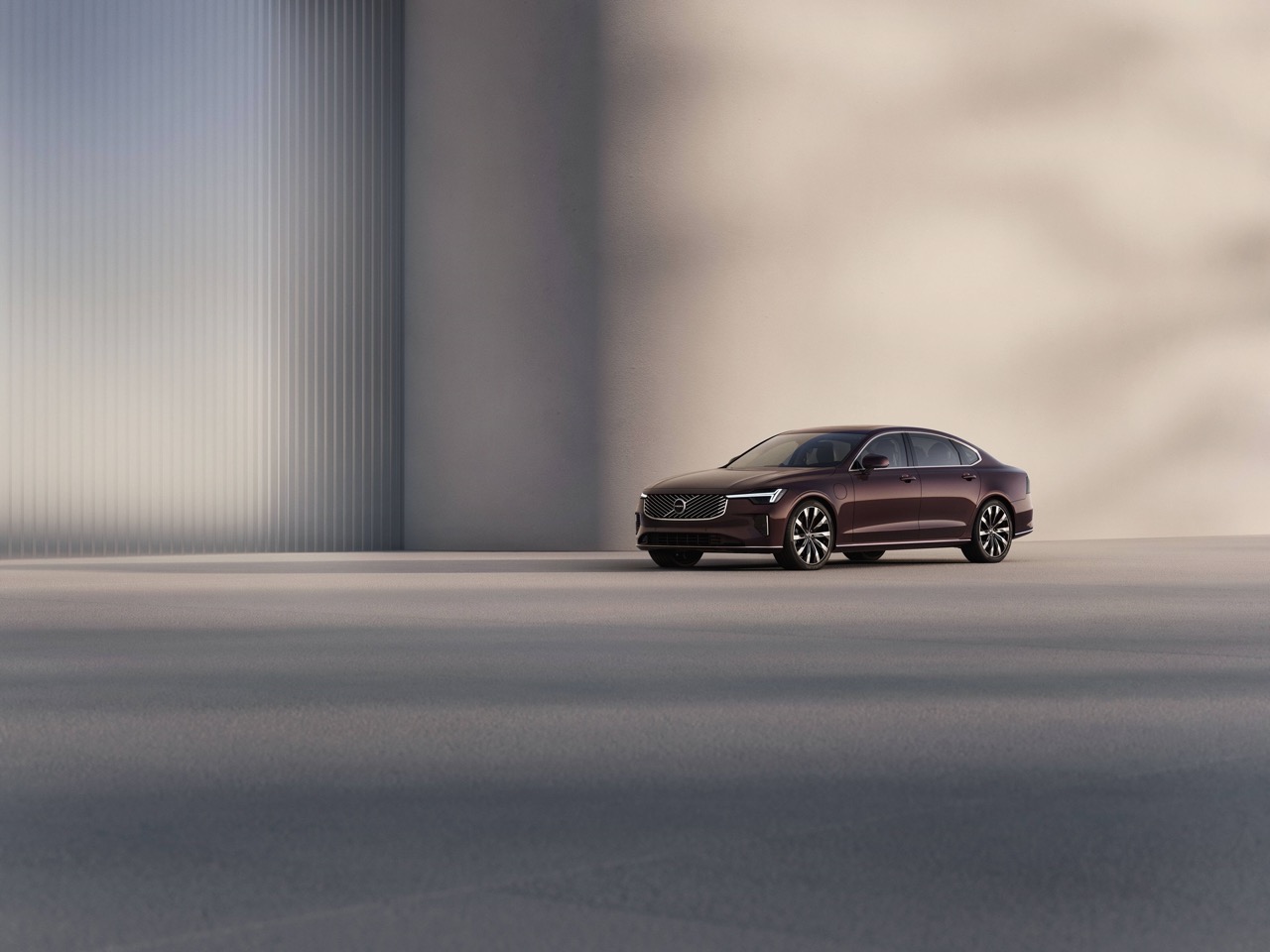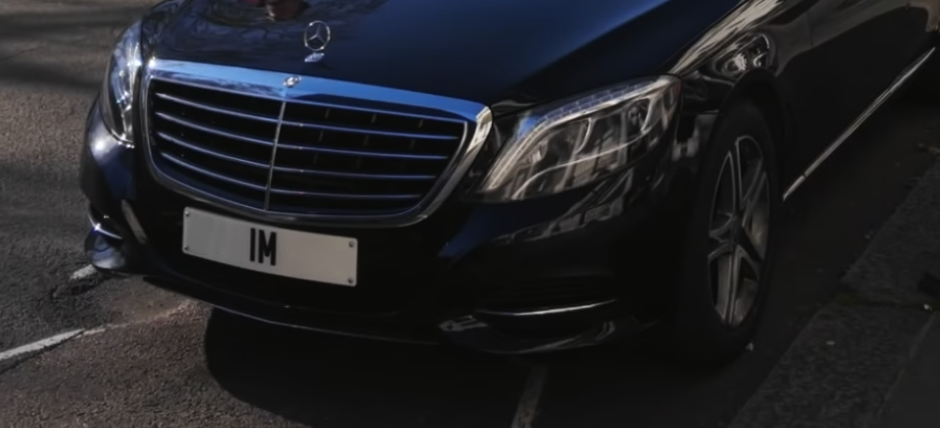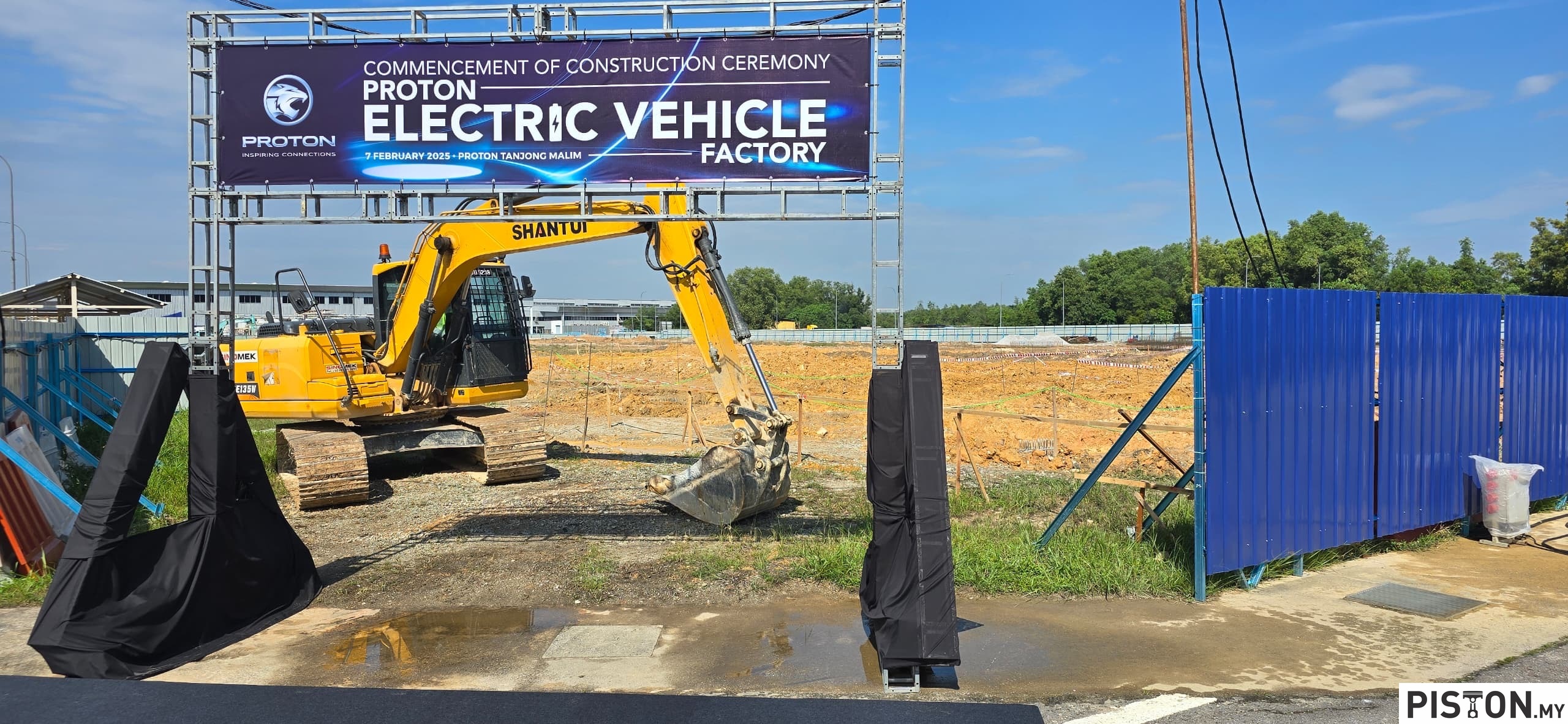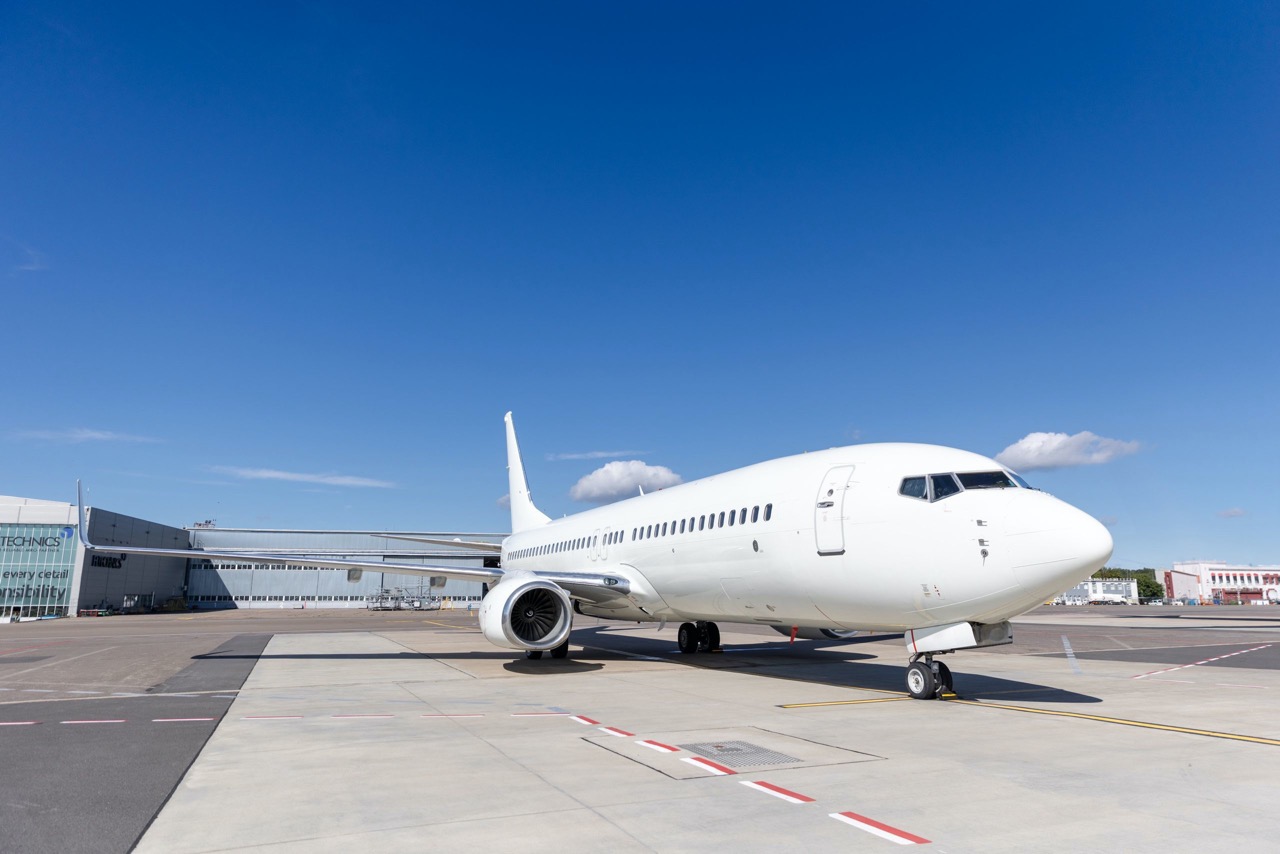Born in the land of the Rising Sun, the Toyota Supra is not just a car, it’s an emotion, its culture and a testament to power. Over the years, the Supra has undergone several generations of development, each bringing advancements in technology, design, and engineering.
Originally introduced in 1978 as a variant of the Toyota Celica, the Supra quickly evolved into a standalone model, earning a reputation for its blend of reliability and high performance.
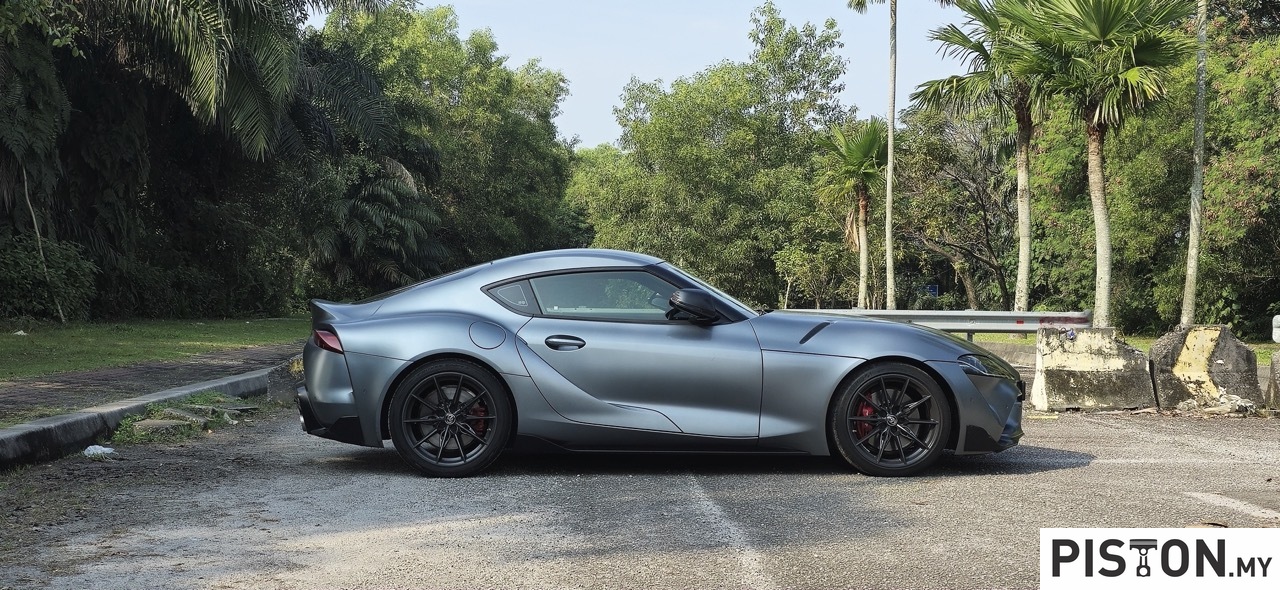
From its early days as a sleek, rear-wheel-drive coupe to its legendary status in the 1990s with the turbocharged fourth-generation (A80) model, the Supra became a symbol of Japanese automotive excellence. After a hiatus in the early 2000s, the Supra made a triumphant return in 2019, rekindling its legacy with a modern twist.
The current Toyota Supra, known as the A90 (and A91 for later variants), marks a thrilling chapter in the model’s storied history, blending modern engineering with nostalgic design cues. Unveiled in 2019, this fifth-generation Supra was developed in collaboration with BMW, sharing its platform and engine with the Z4 roadster. Which has led to people calling it the “BMW Supra.”
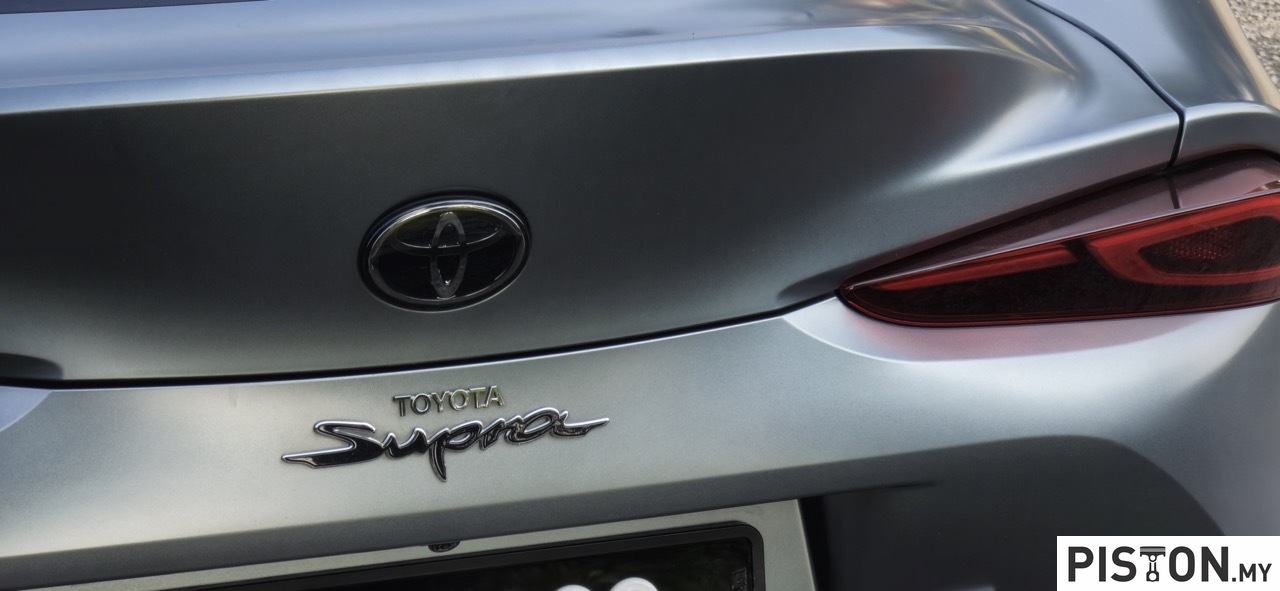
While this partnership sparked some debate among purists, the result is a car that delivers exceptional performance, agility, and cutting-edge technology.
Unleash the Power
The A90 GR Supra is powered by a turbocharged 3.0-litre inline-six engine, producing 388PS and 500Nm of torque. It also offers a 2.0-litre turbocharged four-cylinder engine in some markets, catering to a broader audience. The car features a rear-wheel-drive layout, an 8-speed automatic transmission, and a near-perfect 50:50 weight distribution, ensuring exceptional balance and agility. This allows the Supra to sprint from 0-100km/h in just 4.1 seconds!
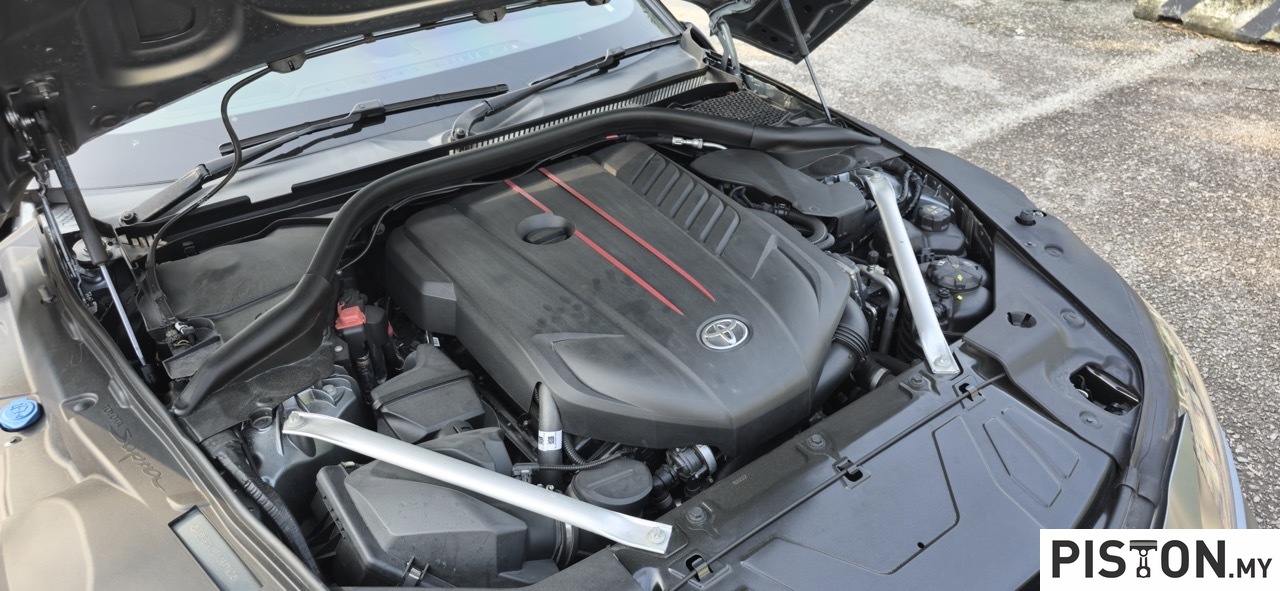
The power delivery is smooth yet explosive, with a satisfying growl from the exhaust that intensifies as you push the car harder. The Supra’s rear-wheel-drive layout and weight distribution make it an absolute joy to drive.
The chassis is stiff, the steering is precise, and the suspension strikes a fine balance between sporty firmness and everyday comfort. Whether you’re carving through winding roads or cruising on the highway, the GR Supra feels planted and responsive. After all, this was made to go up against Nissan’s Godzilla, the GTR, a rivalry that has been around for ages.
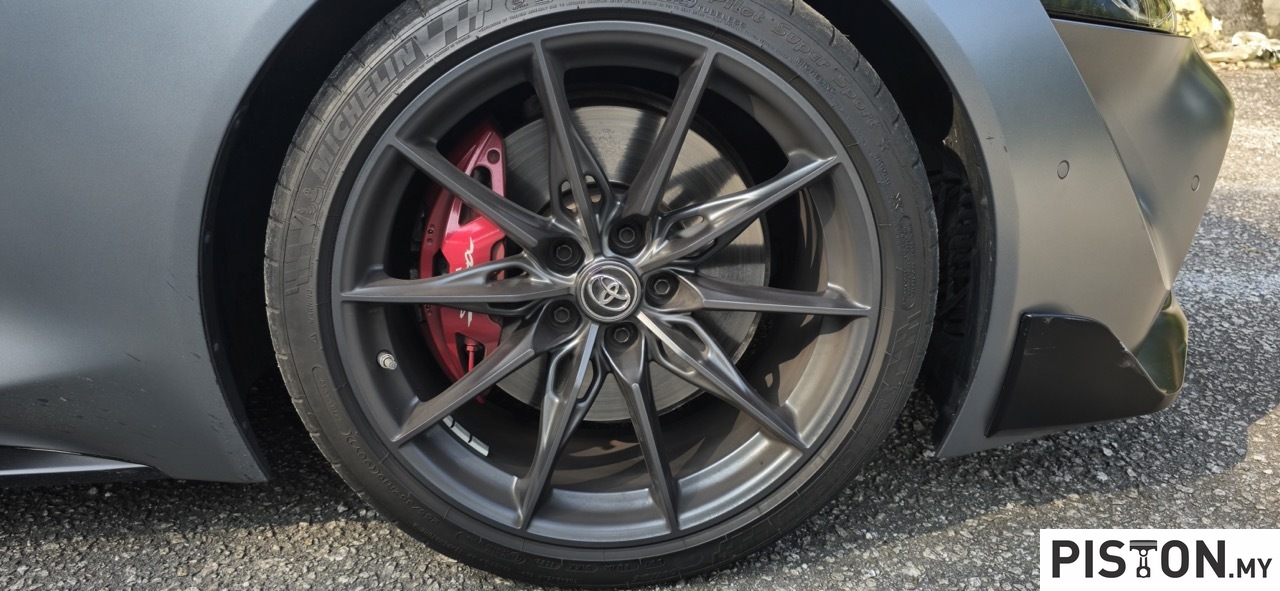
We cannot tell you exactly how fast we went in this beast but all we can say is, “The chicken was still warm.” If you are unfamiliar with that line, a quick Google search will show you why that was Jeremy Clarksons most popular line amongst the car guys.
A Nod to the Past, a Leap into the Future
The GR Supra’s design is a masterclass in blending heritage with modernity. Its double-bubble roof, muscular rear haunches, and ducktail spoiler are clear nods to the beloved A80 Supra of the 1990s.
Yet, the A90 stands on its own with sharp, aggressive lines, a low-slung stance, and aerodynamic details that scream performance. The front grille and LED headlights give it a futuristic edge, while the rear’s wide hips and taillights evoke a sense of raw power. It’s a car that turns heads everywhere it goes, whether you’re a Supra fan or not.
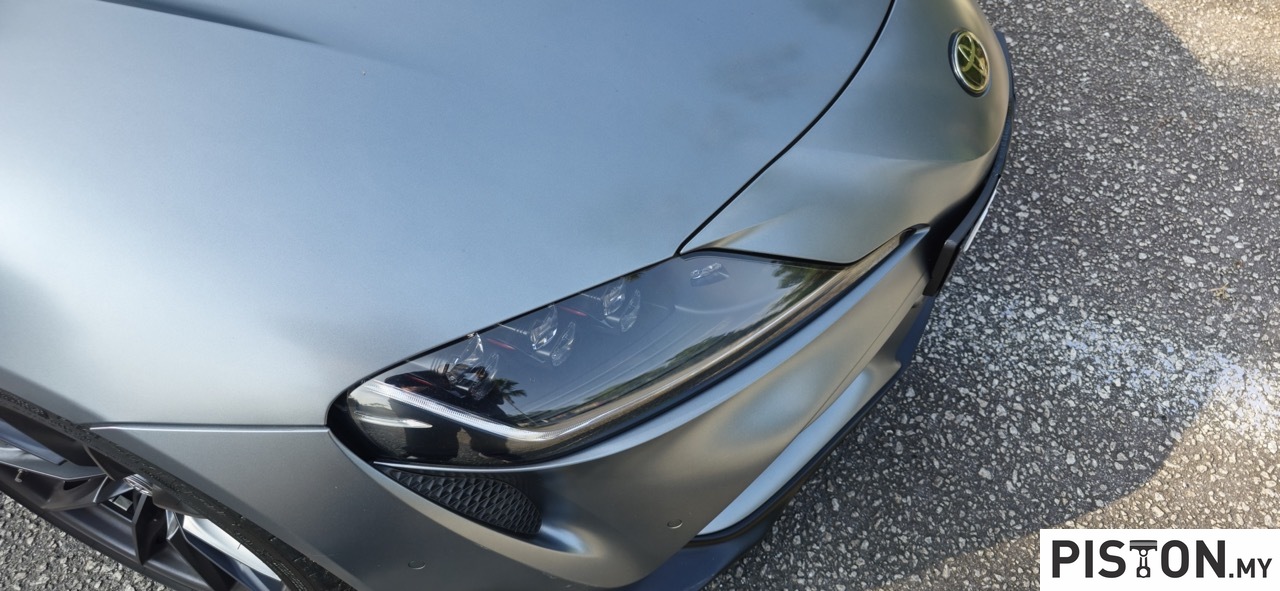
Inside, the GR Supra’s cabin is a blend of sportiness and modern luxury. The driver-focused layout puts all controls within easy reach, and the seats offer excellent support during spirited driving. While the interior shares some components with its BMW Z4 cousin, Toyota has added its own touches, such as Supra-branded details and a unique dashboard design.
The 8.8-inch touchscreen infotainment system is intuitive and responsive, featuring Apple CarPlay, navigation, and a premium sound system. The digital instrument cluster provides all the essential information in a clean, modern layout. If you have ever owned or driven a BMW, these infotainment controls should not be an issue. If you are new to it, just play around with it for a few minutes and you will get the hang of it.
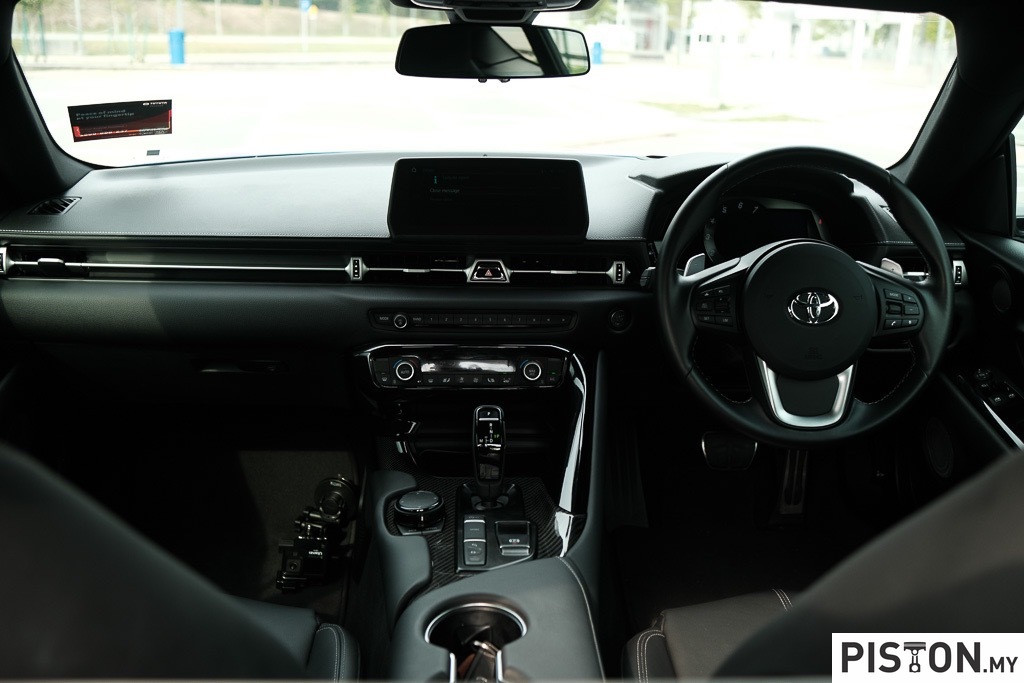
However, the cabin’s compact size and limited visibility may not suit everyone. If you are tall and big just like this writer, the low roofline might be an issue getting in and out of the car, making you look less sexy while doing so. Still, these are minor trade-offs for a car designed with performance in mind.
Driving Pleasure
The GR Supra is not just about straight-line speed; it’s about the overall driving experience. The car feels agile and nimble, with a level of feedback that makes every drive engaging. The turbocharged engine provides ample torque across the rev range, and the exhaust note is addictive without being overly intrusive. Although I wished that the exhaust note was a little louder for a small car with a turbocharged 3.0-litre inline-six engine.
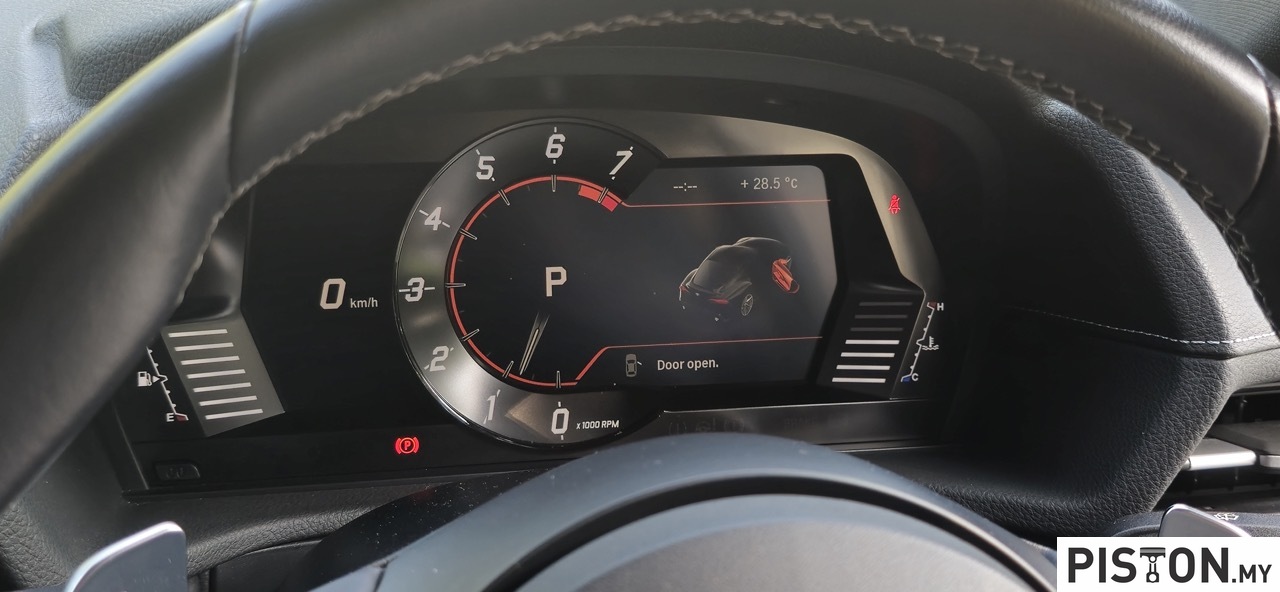
On twisty roads, the Supra shines. Its precise steering and well-tuned suspension inspire confidence, allowing you to push the car to its limits while feeling completely in control, even though it is a rear-wheel-drive car. The optional adaptive suspension further enhances the ride, adapting to different driving conditions with ease.
The GR Supra’s collaboration with BMW has been a point of contention for some enthusiasts. While the shared platform and engine have undoubtedly contributed to the car’s performance and refinement, some argue that it dilutes the Supra’s Japanese identity. However, Toyota has worked hard to infuse the Supra with its own character, and the result is a car that feels distinct and true to its heritage.

Living up to the Supra Name
For enthusiasts who grew up idolising the A80 Supra, the A90 is a dream come true. And for a new generation of drivers, it’s a gateway to the world of high-performance sports cars. The GR Supra isn’t just a revival—it’s a reaffirmation of Toyota’s commitment to performance and a reminder that the spirit of the Supra is alive and well.
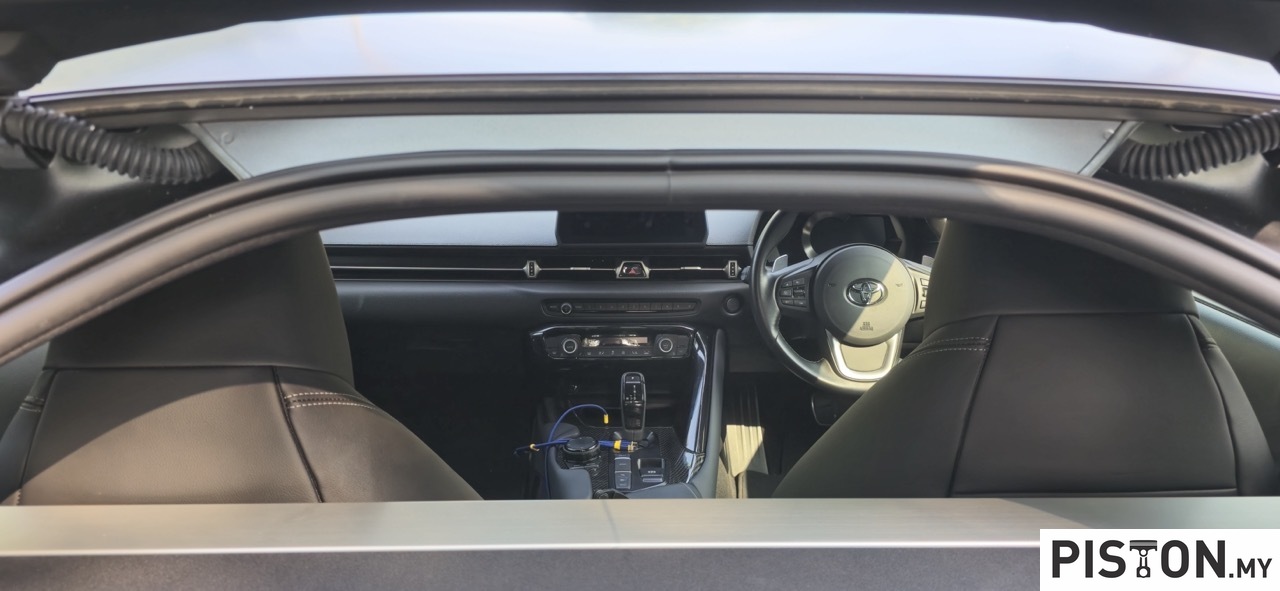
The Toyota GR Supra is a modern classic in the making, blending heritage, innovation, and pure driving joy into one unforgettable package.
Would we buy one?
The simple answer is yes. Why? Well because we are fanboys of nameplates such as the Supra and Skyline, so owning these cars would feel just right. As long as Toyota keeps doing it right, we will keep buying them, and as for the A90 Supra, Toyota did it right.
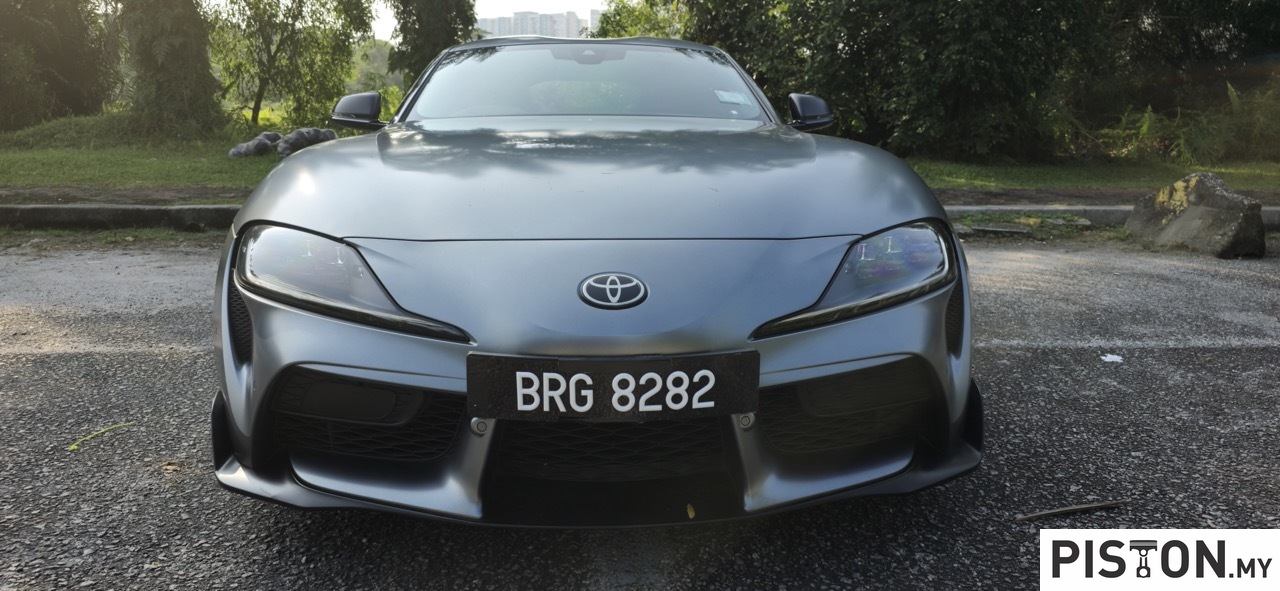
If you have deep pockets and a burning passion for the Supra, the prices start from RM645,000 for the manual transmission and the auto transmission variant that we tested is RM655,000.
Specifications
Engine: 3.0-litre, turbocharged, inline-six-cylinder
Power: 388PS @ 6500rpm
Torque: 500Nm @ 5000rpm
Gearbox: 8-speed automatic
Top speed: 249km/h
Price (As tested): RM655,000
We like: Power and handling
We don’t like: Small interior and low roofline
















